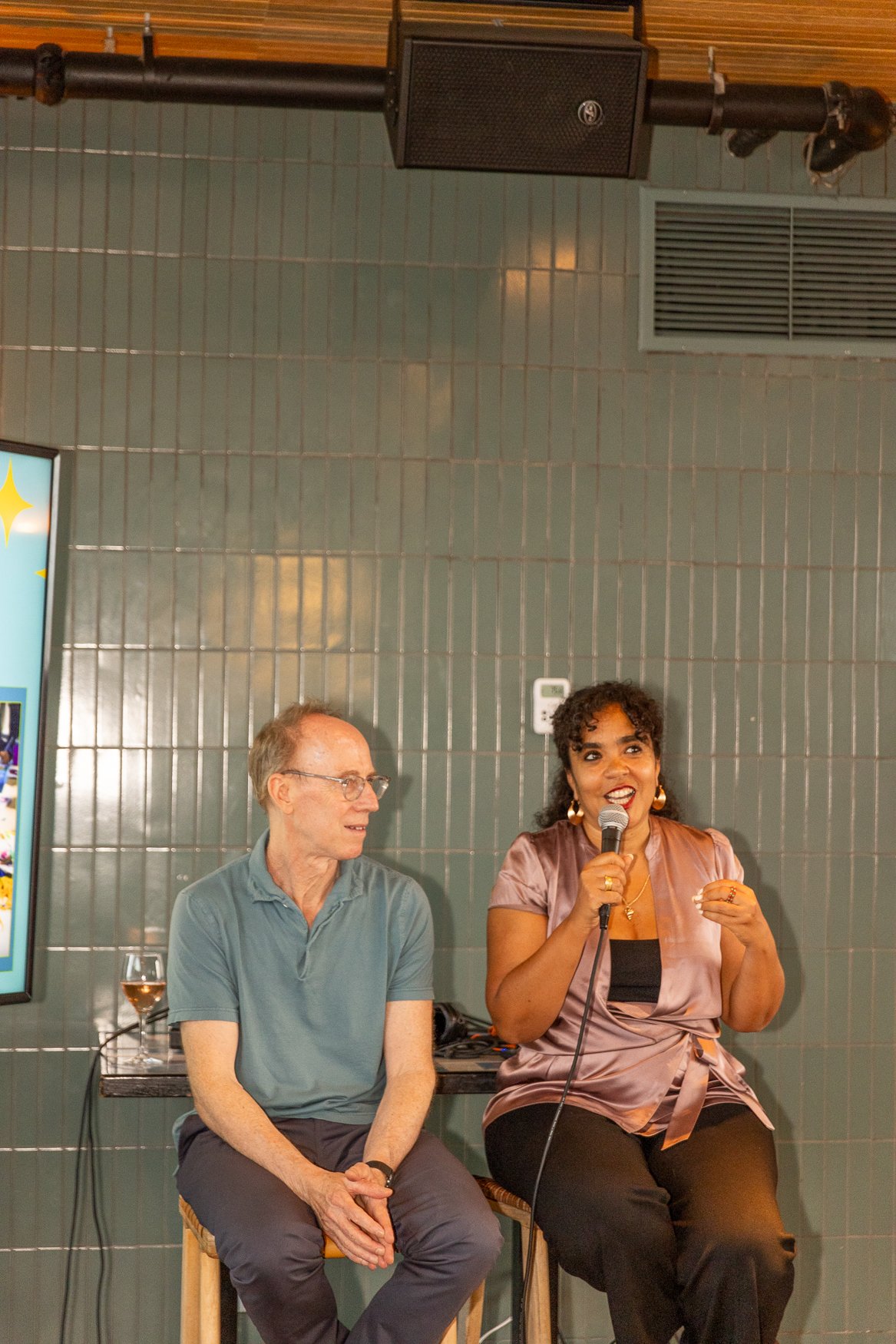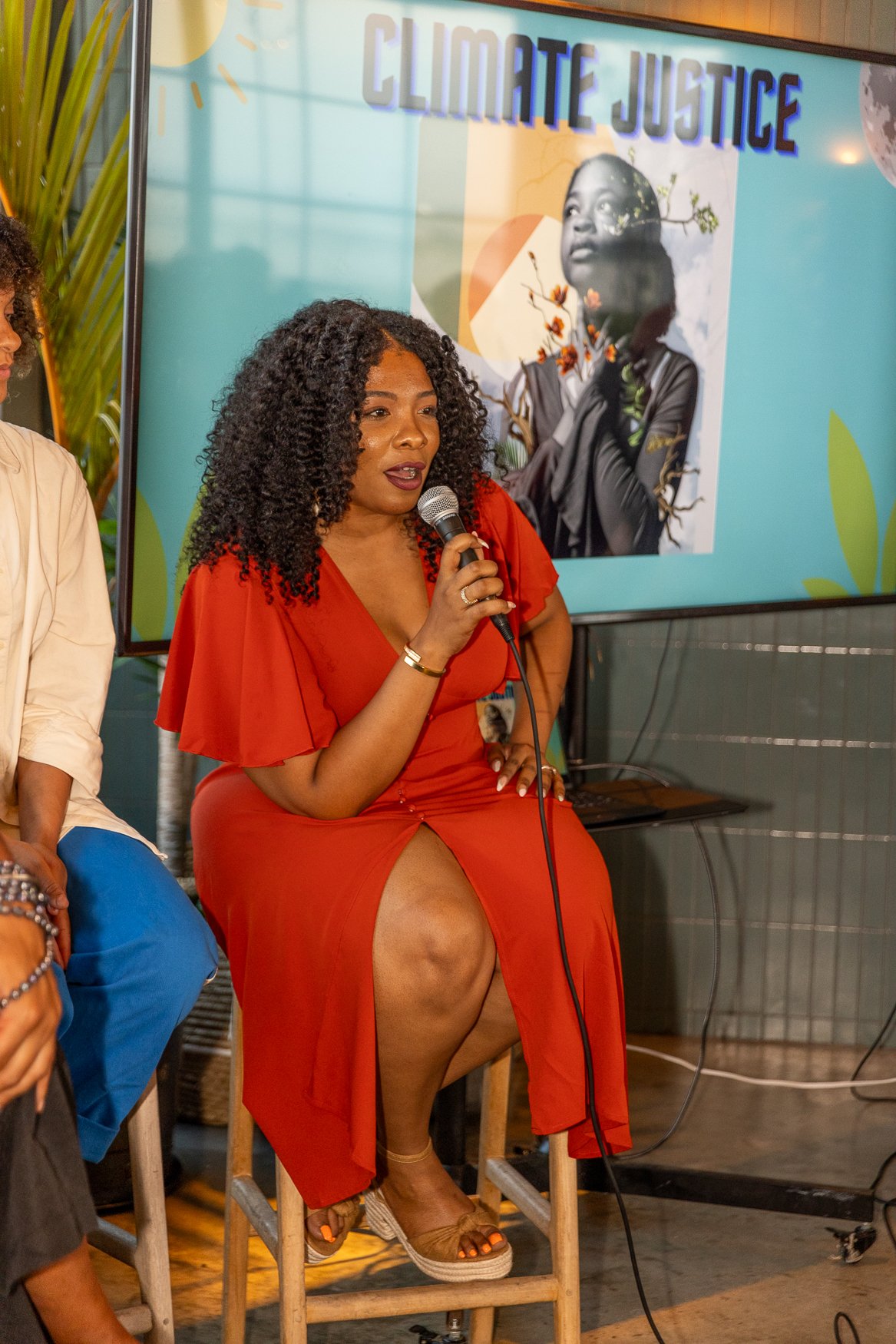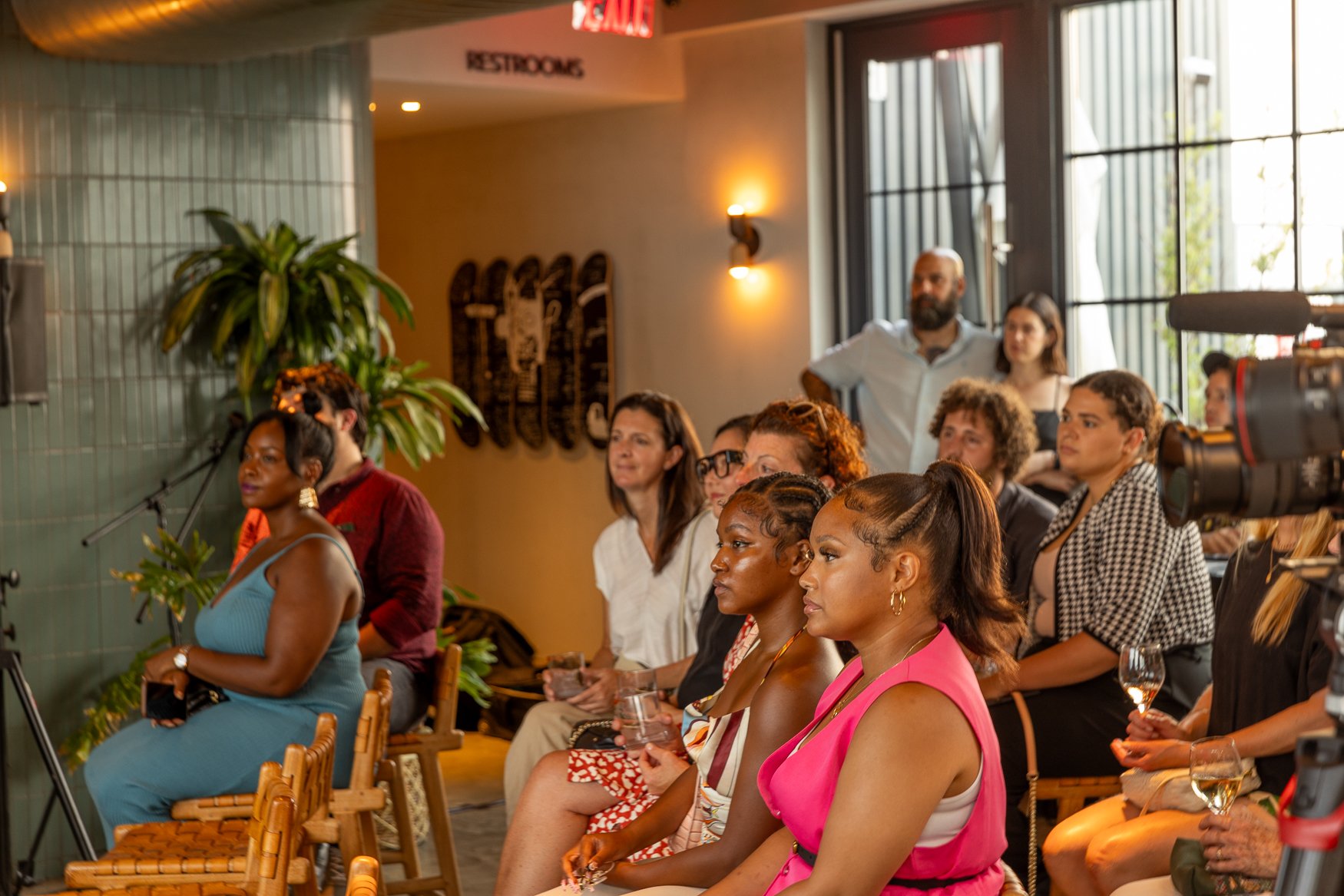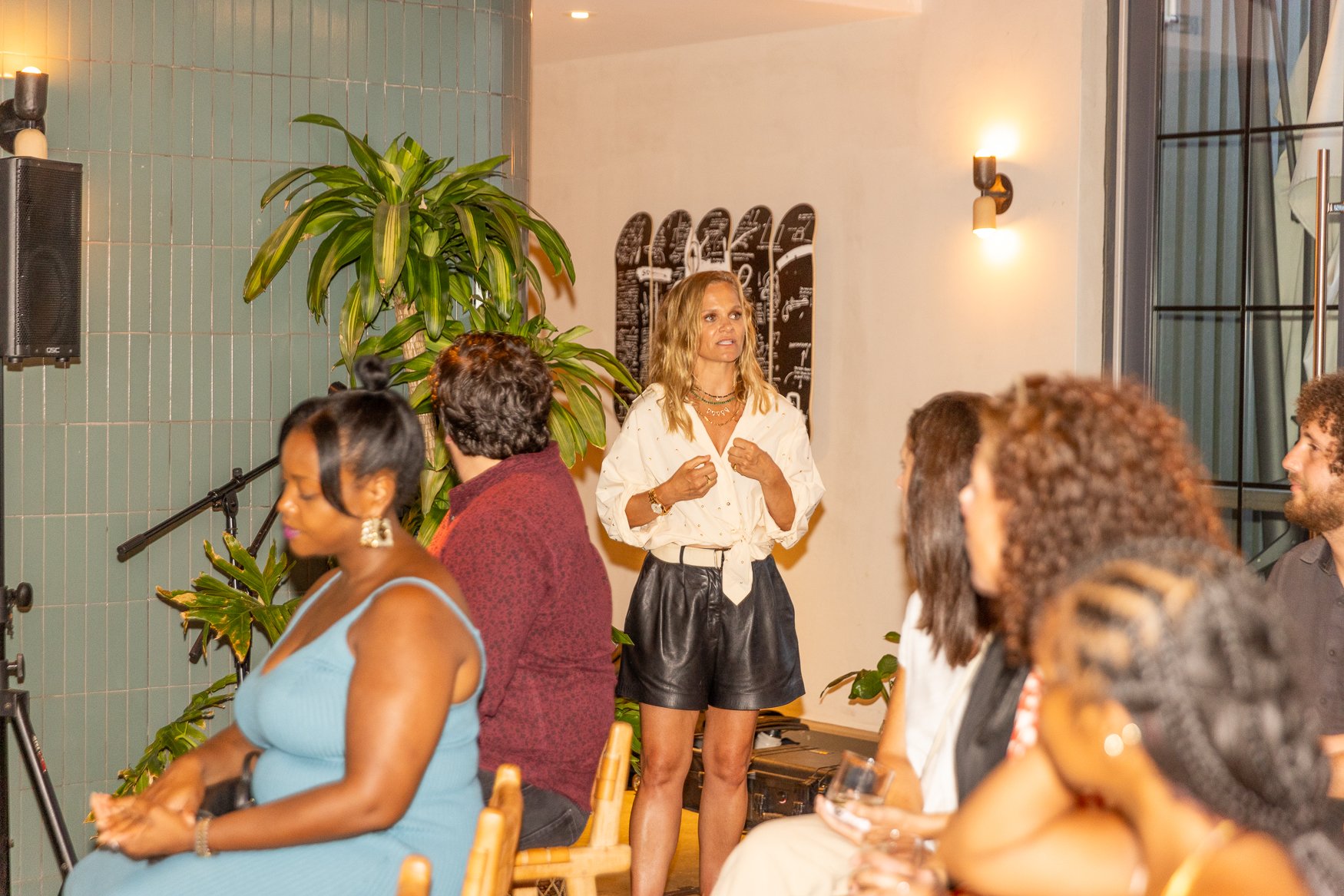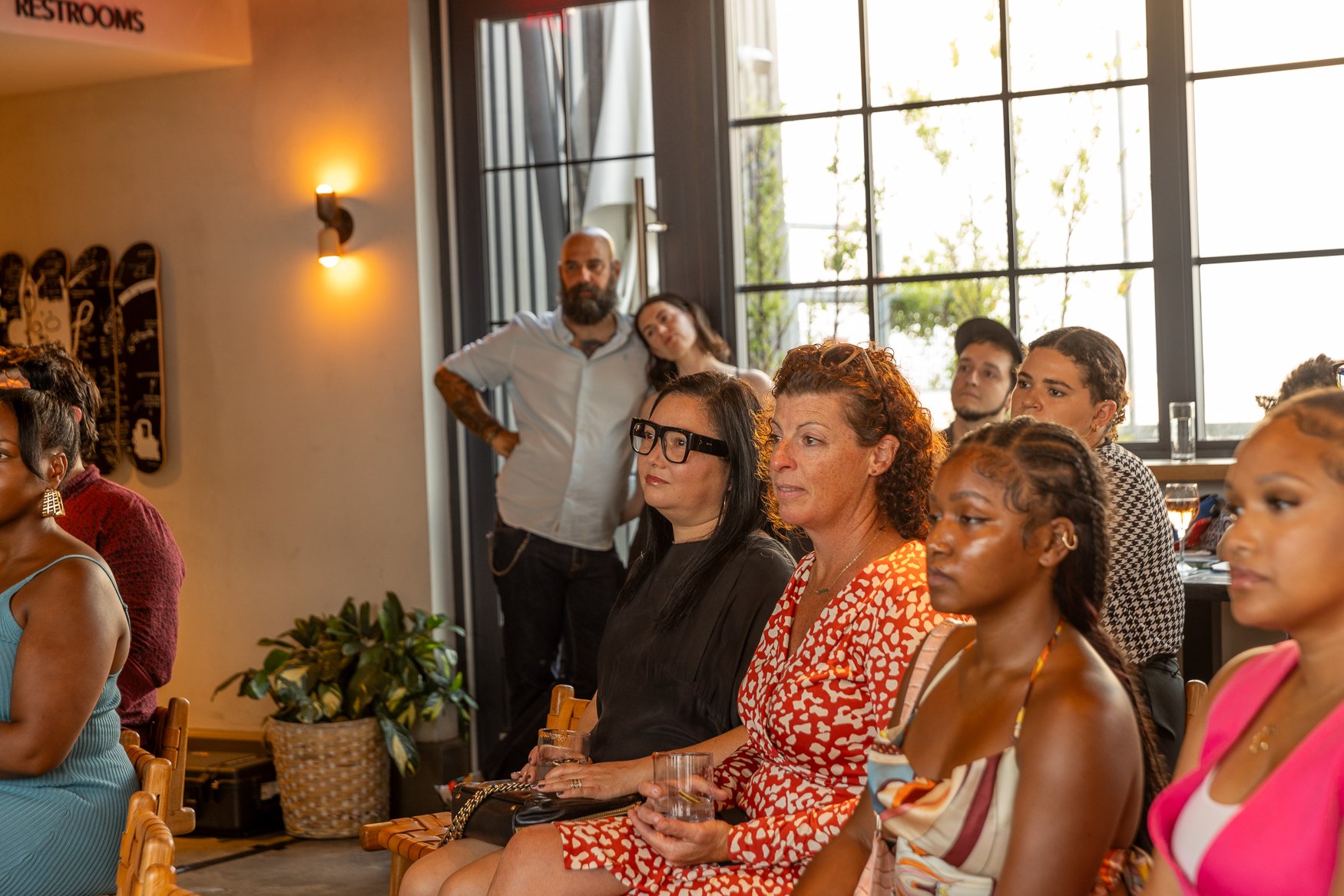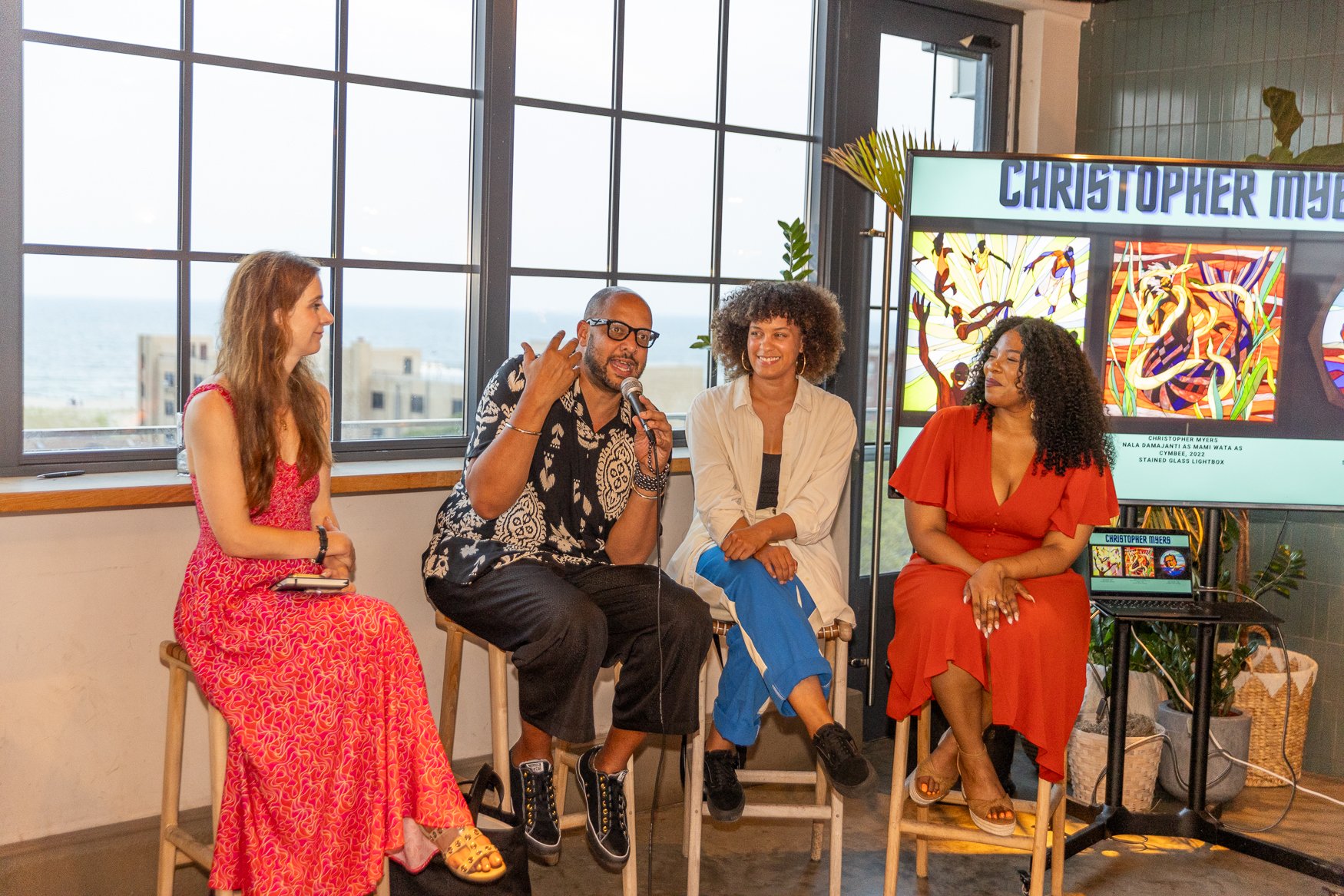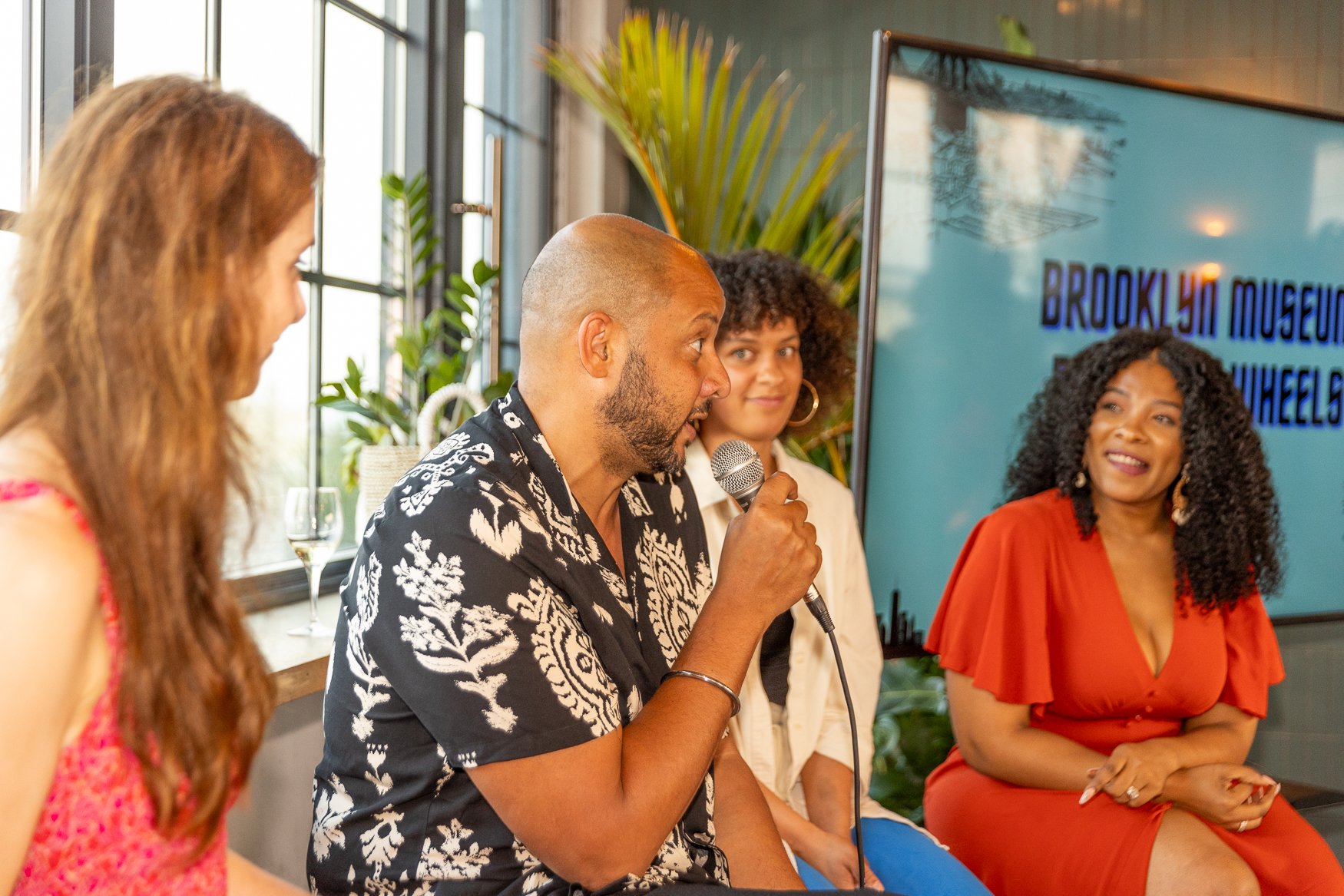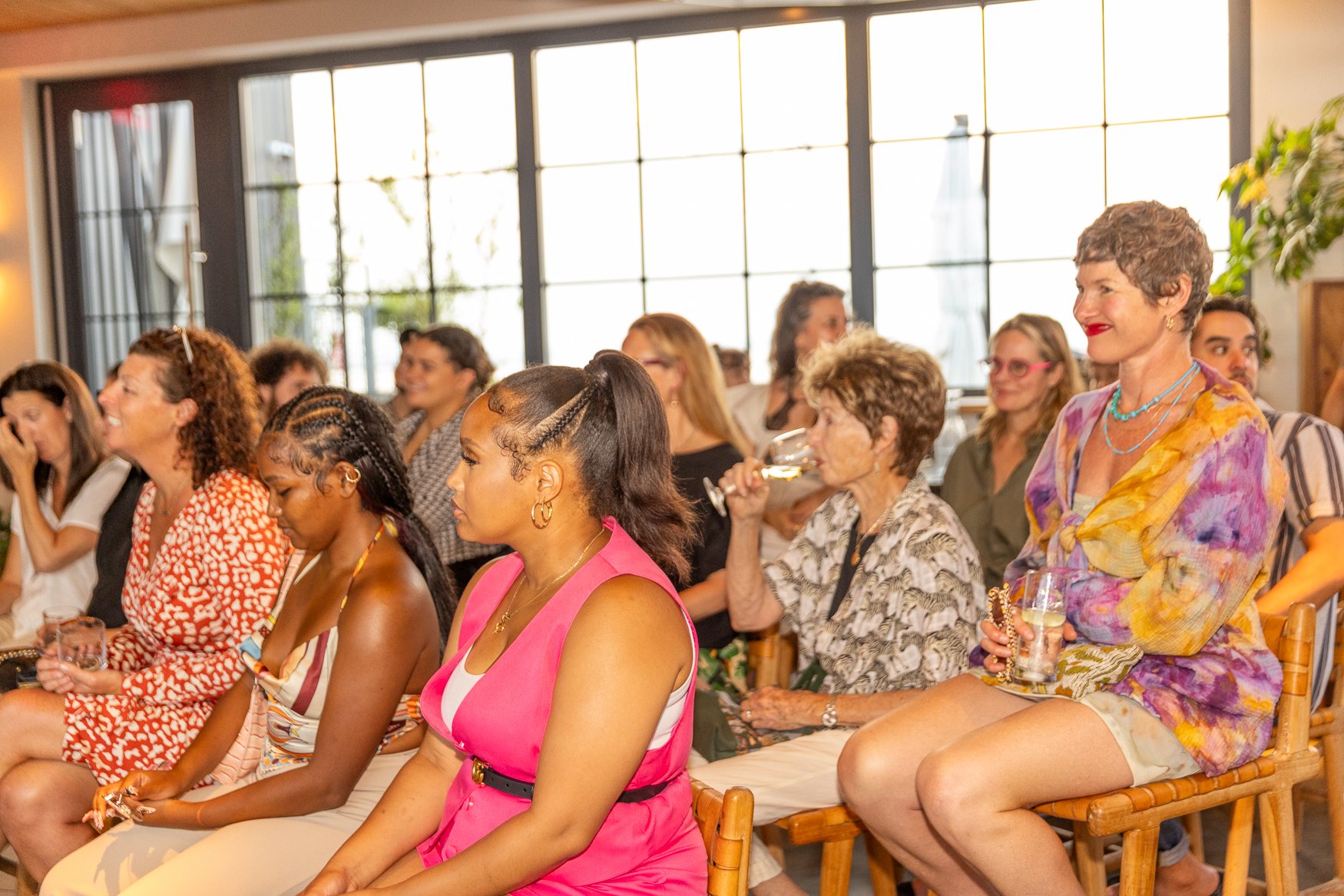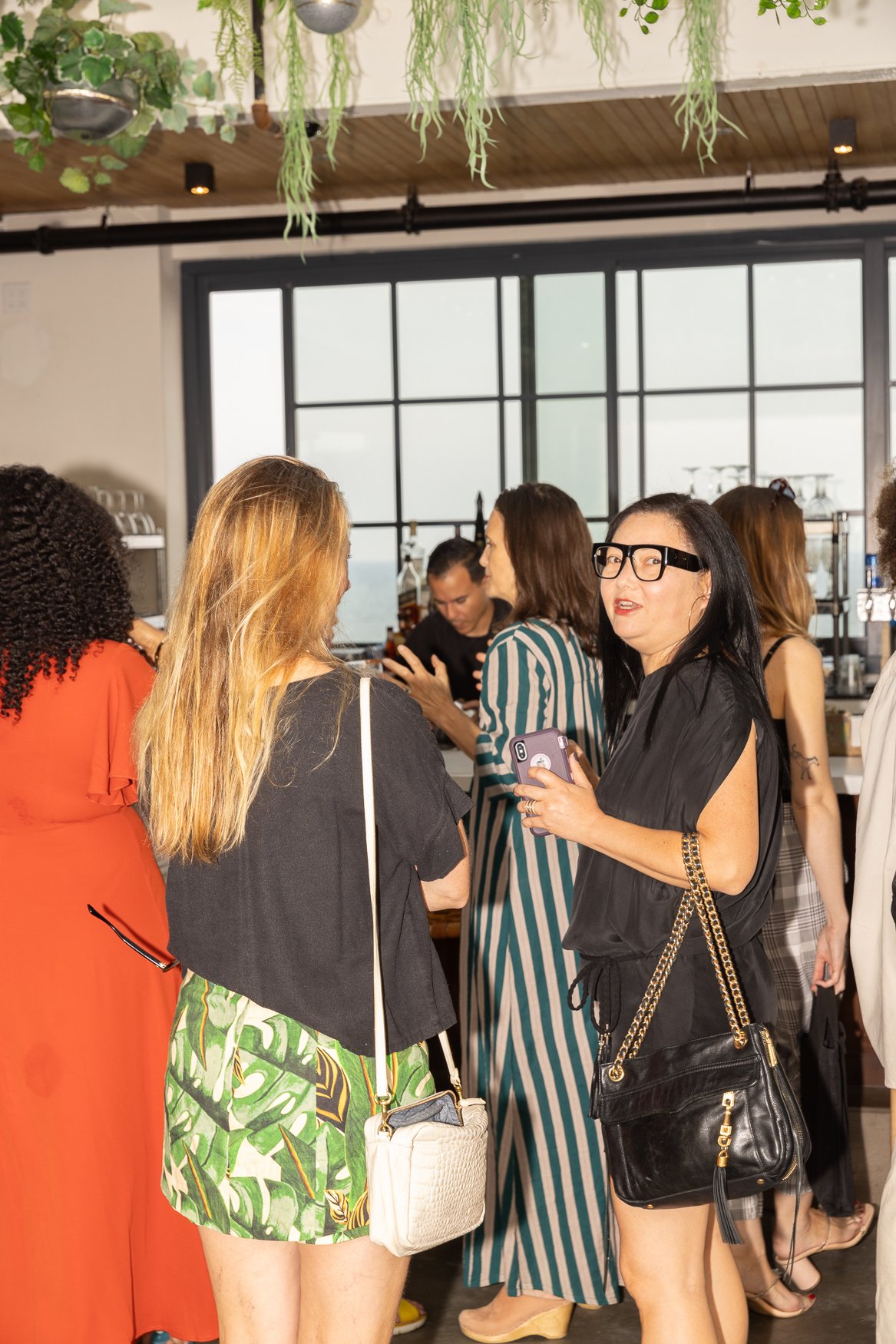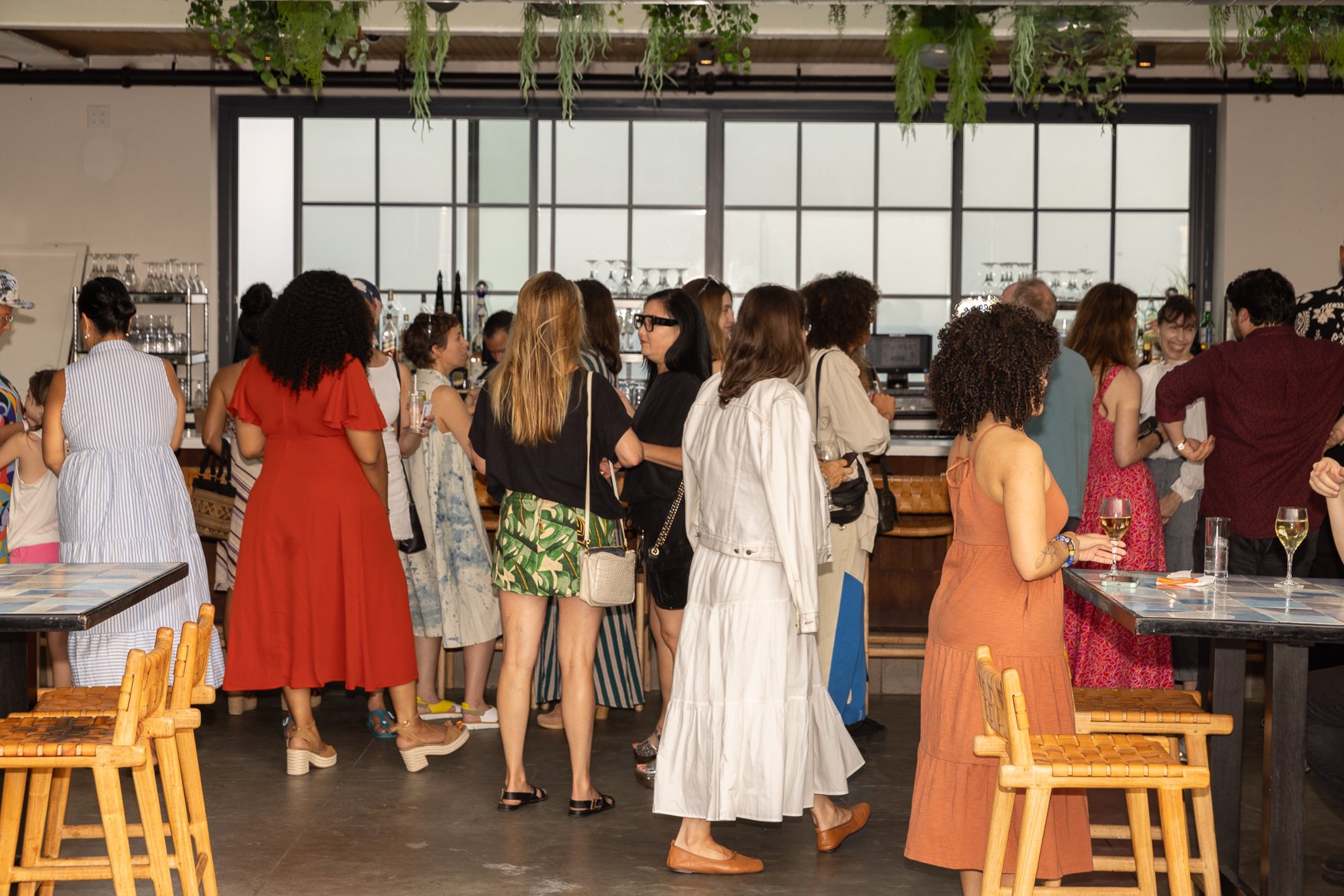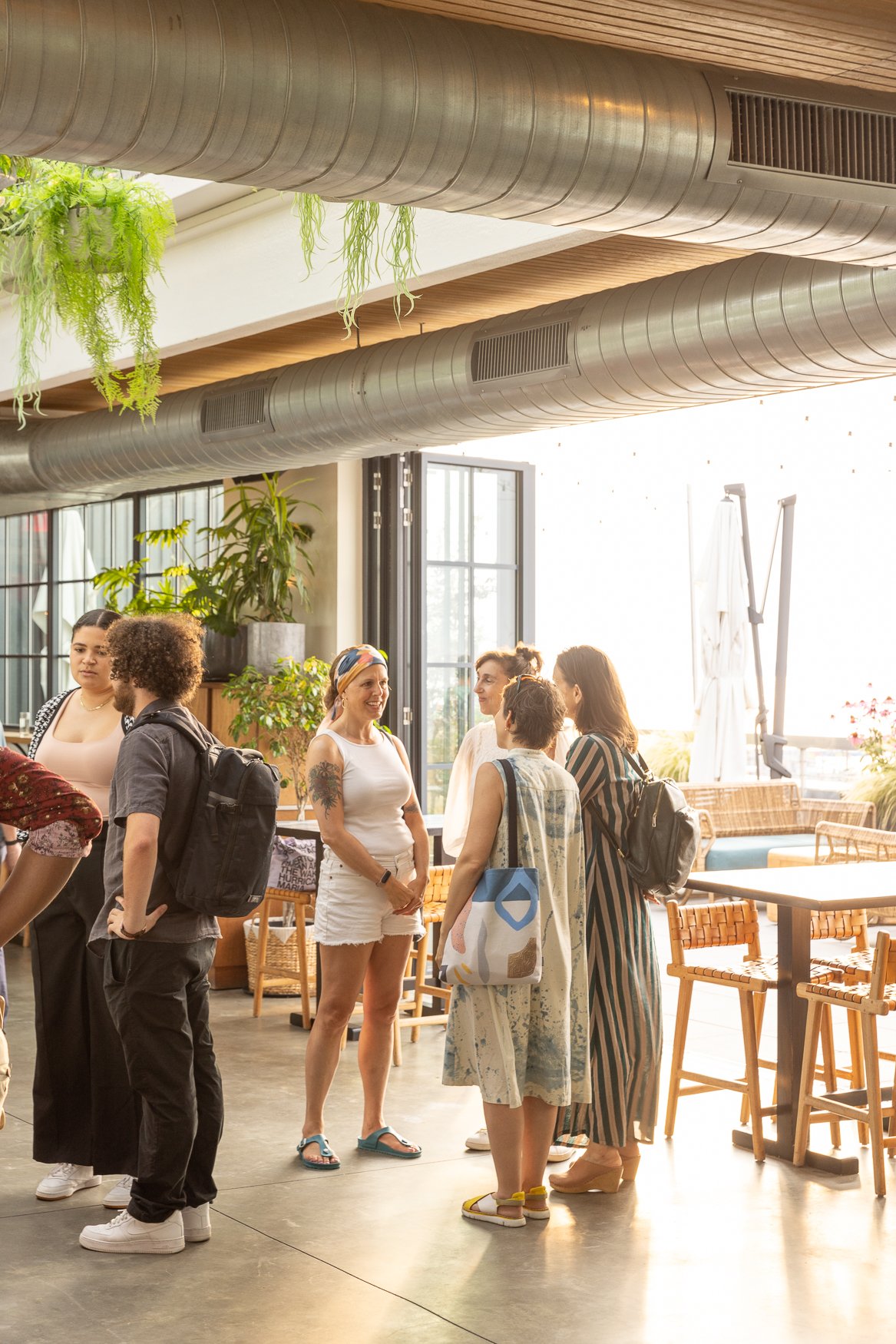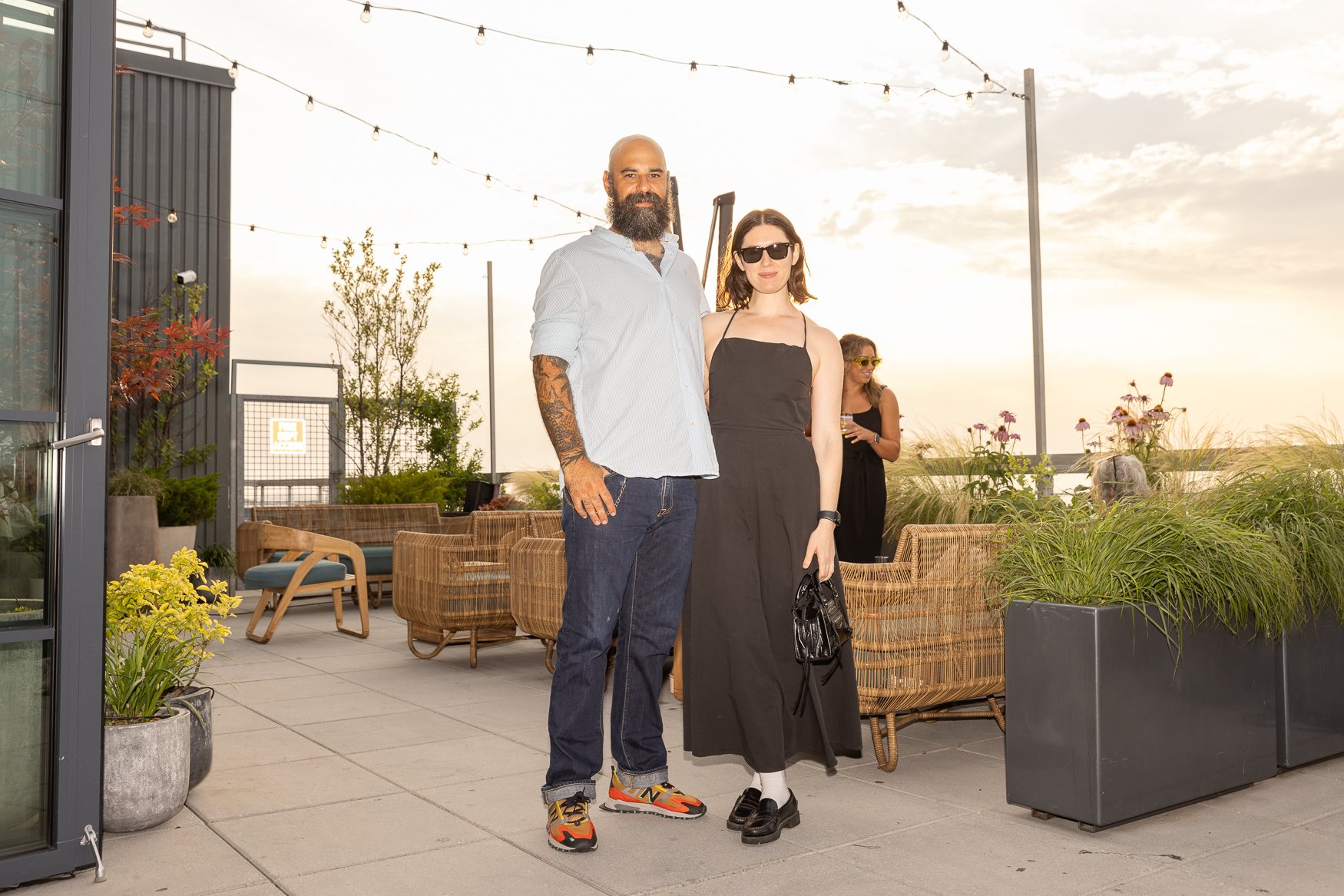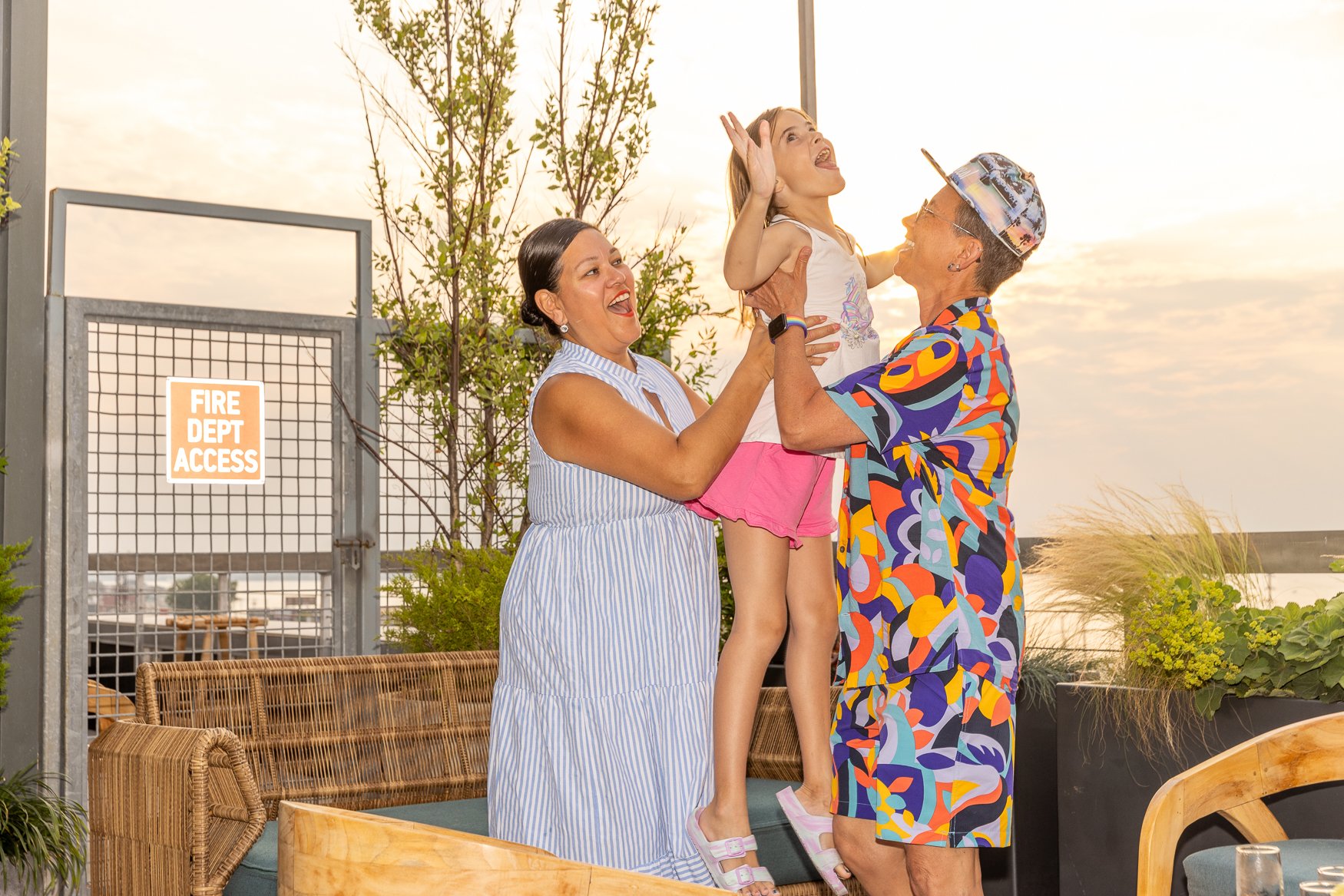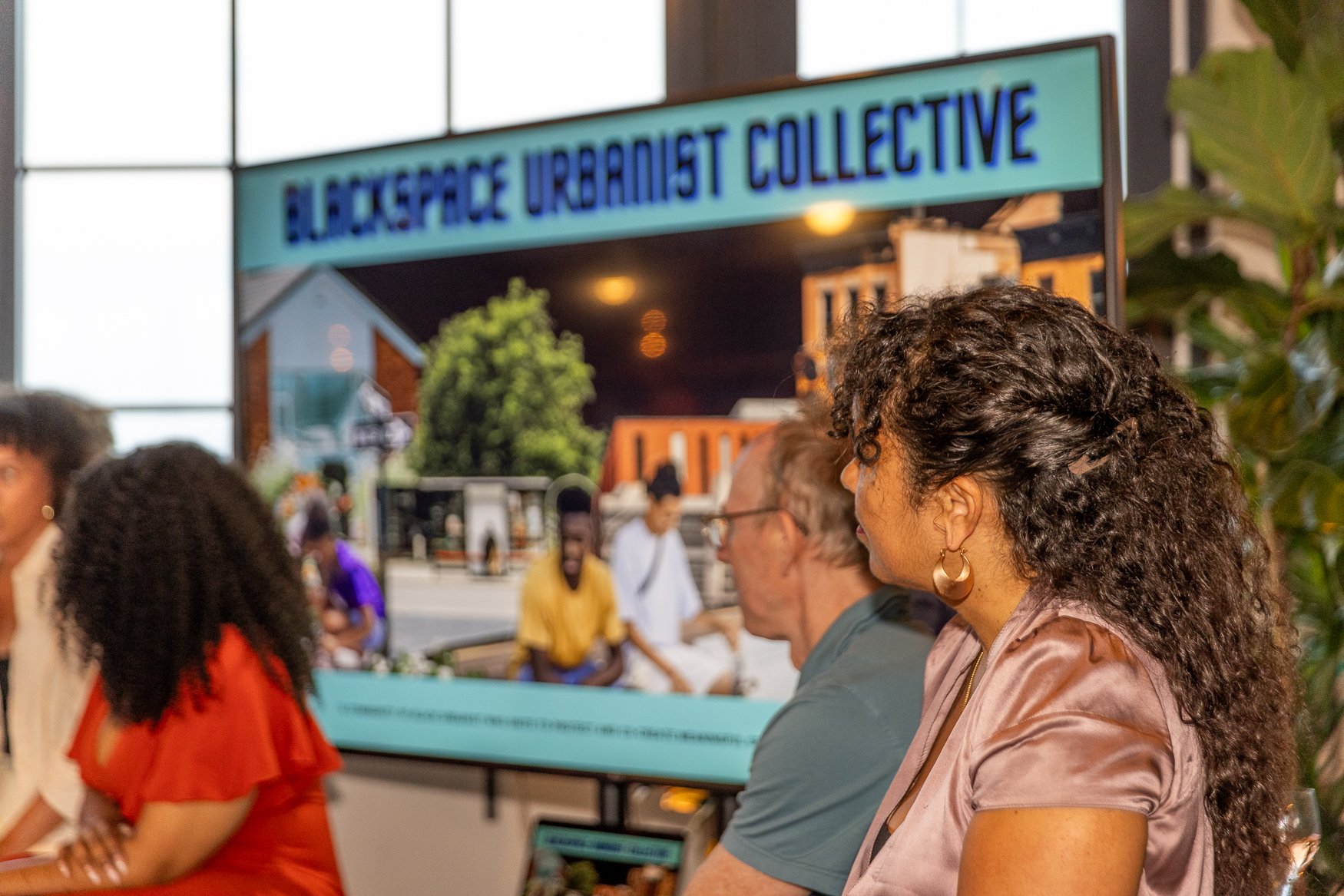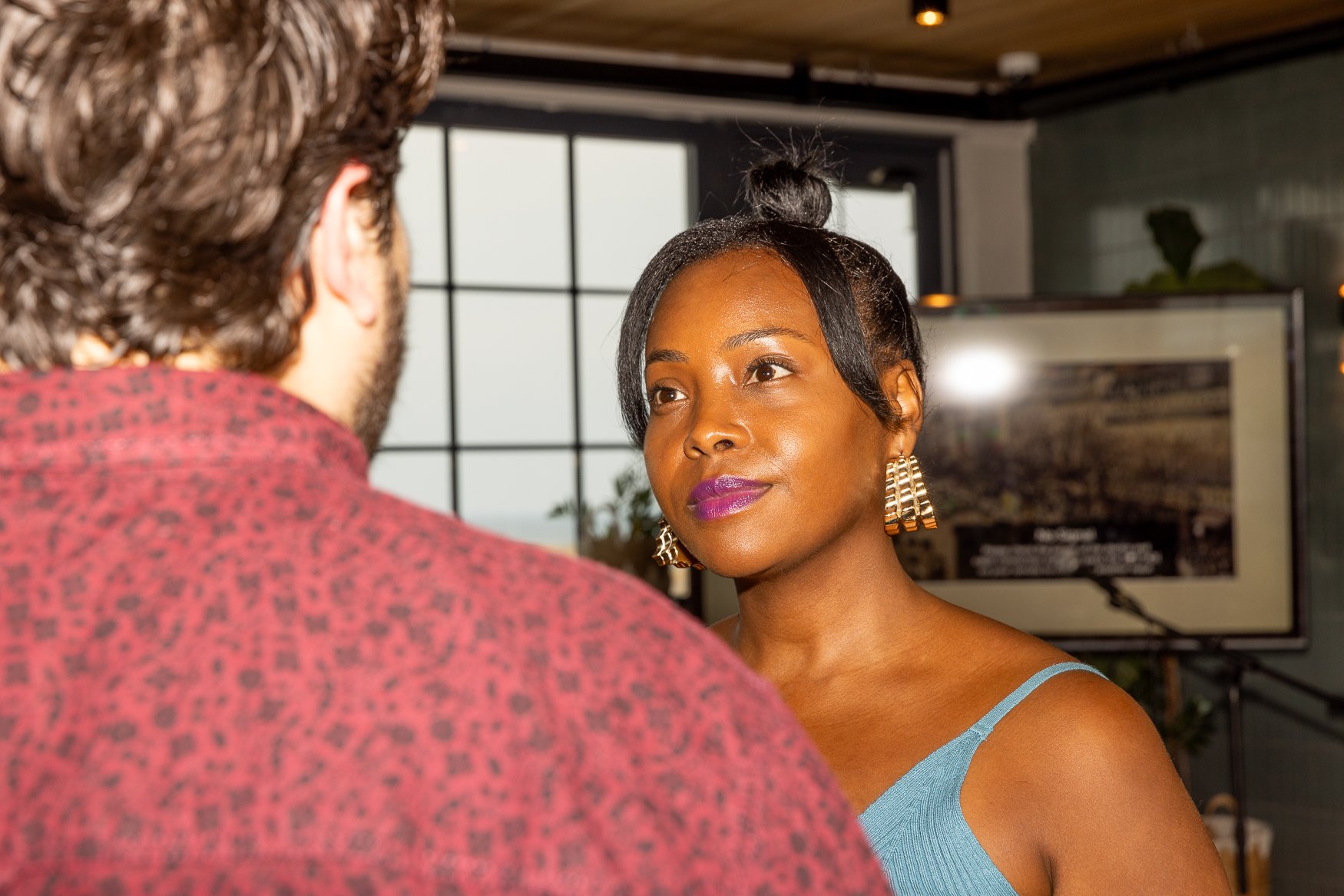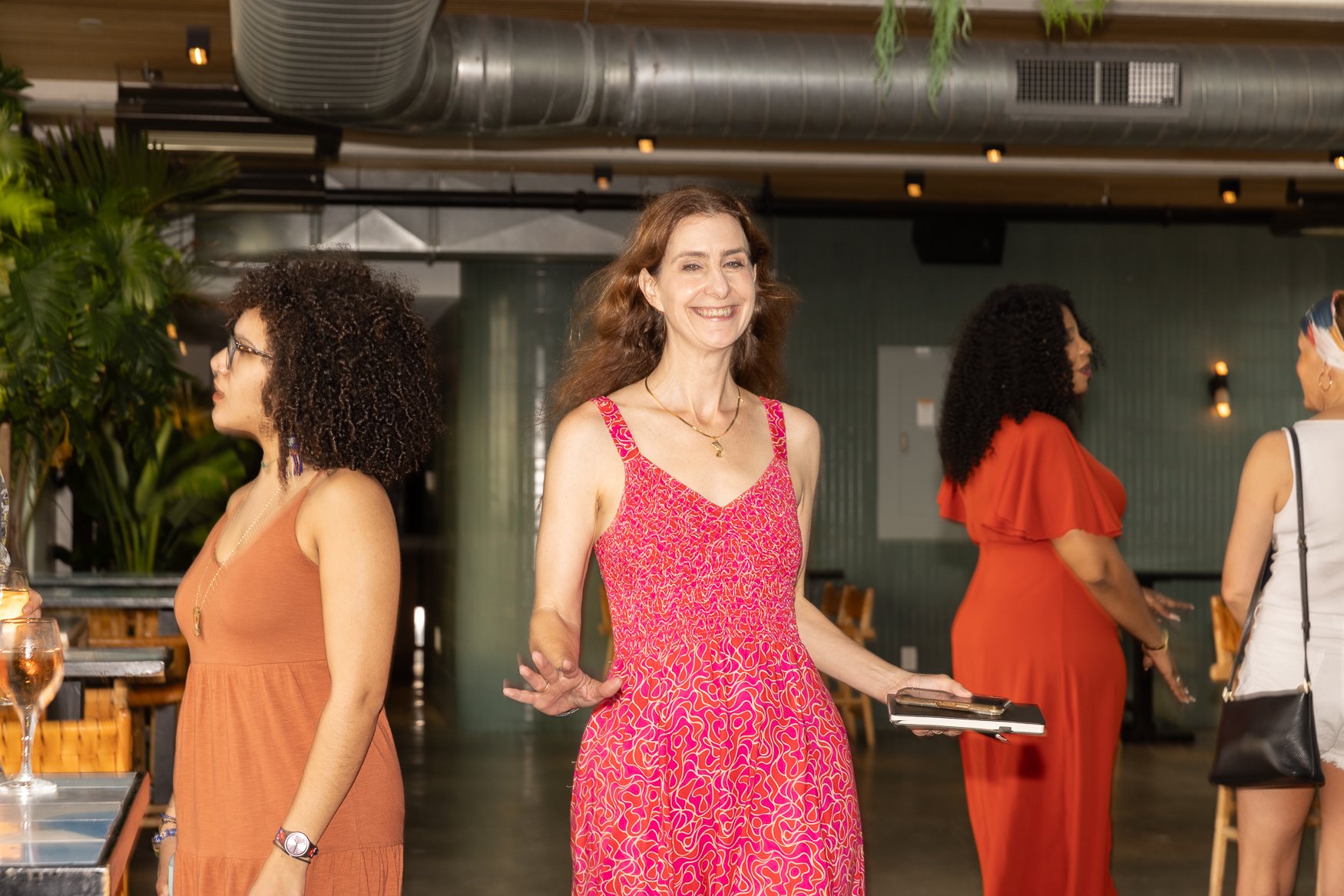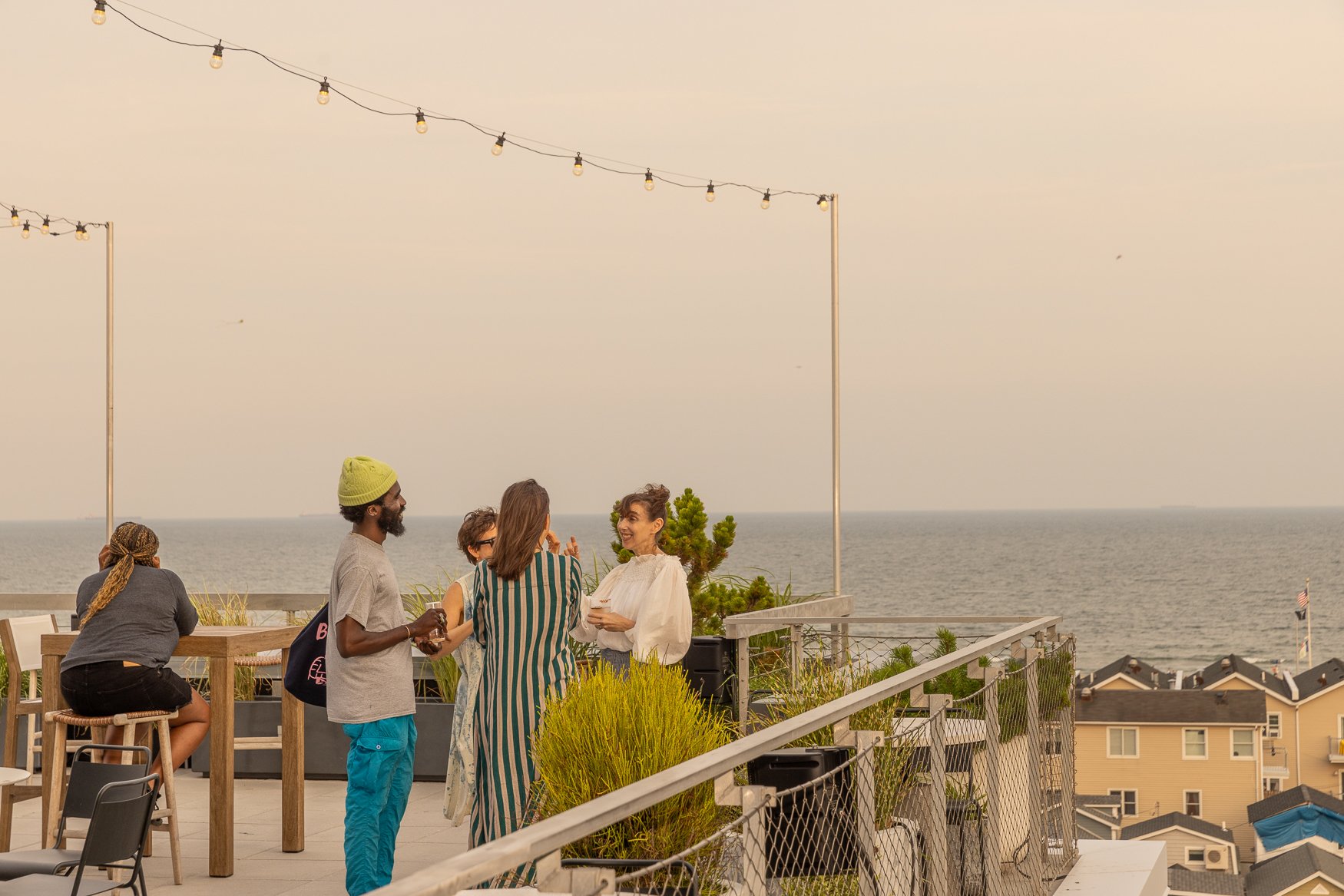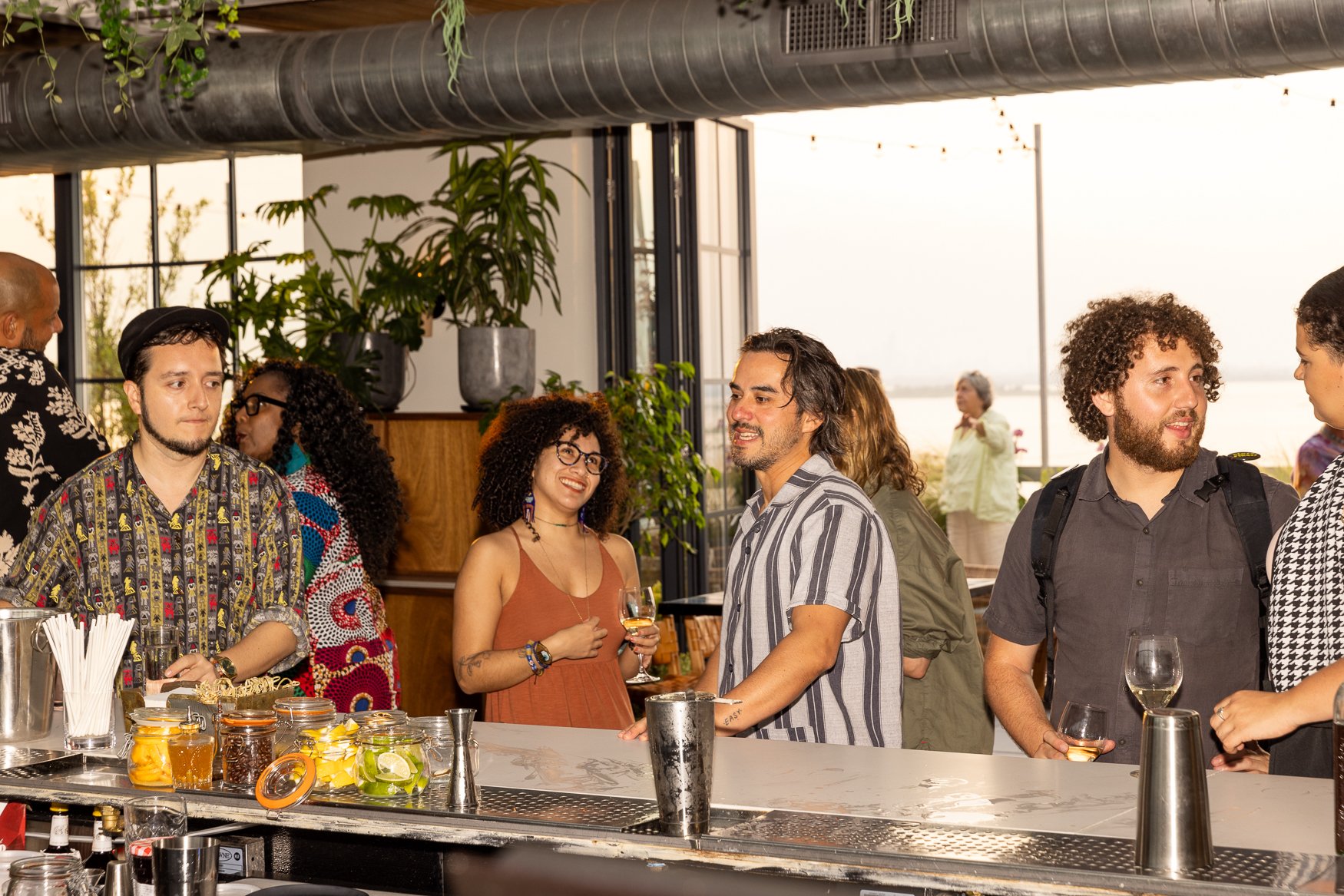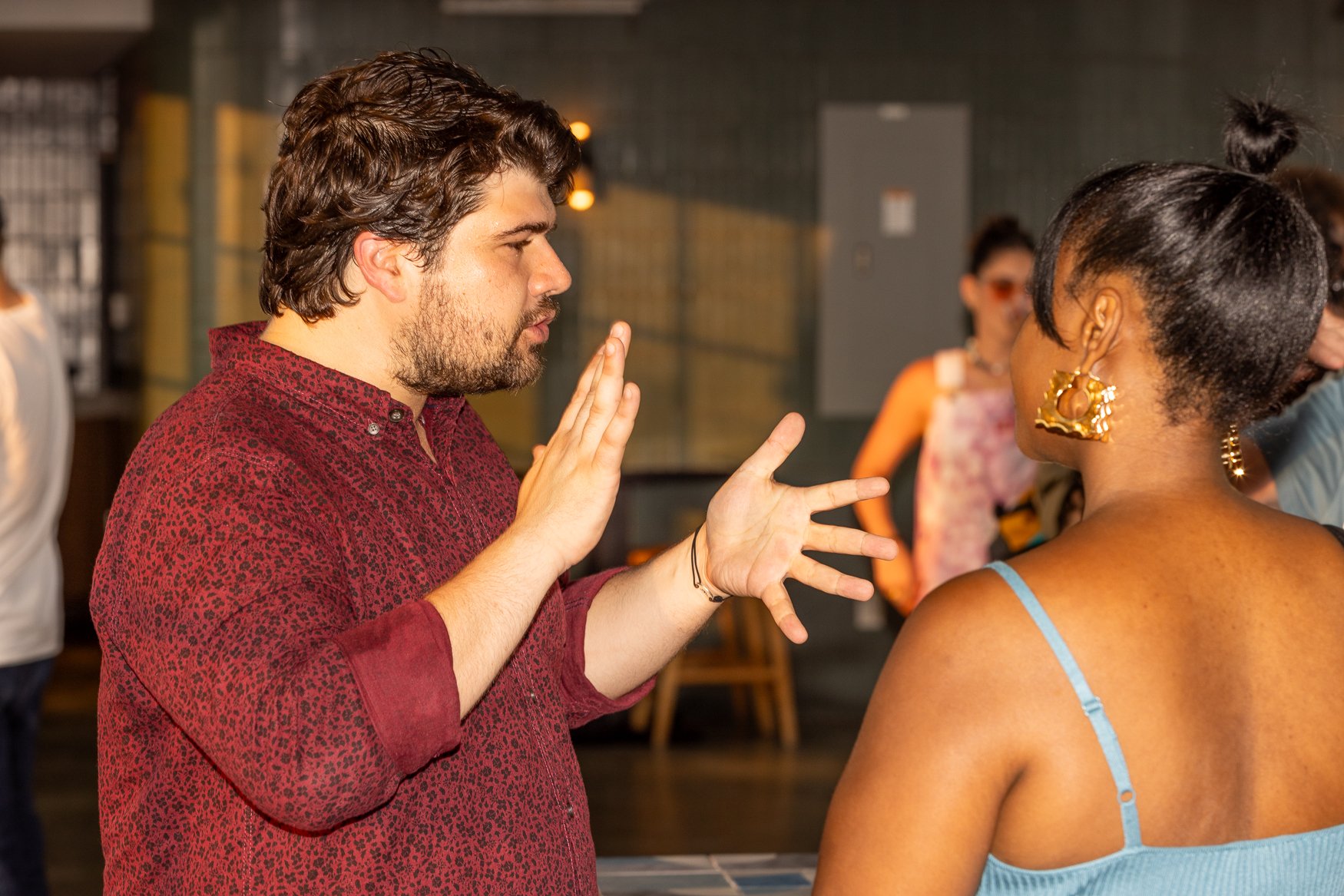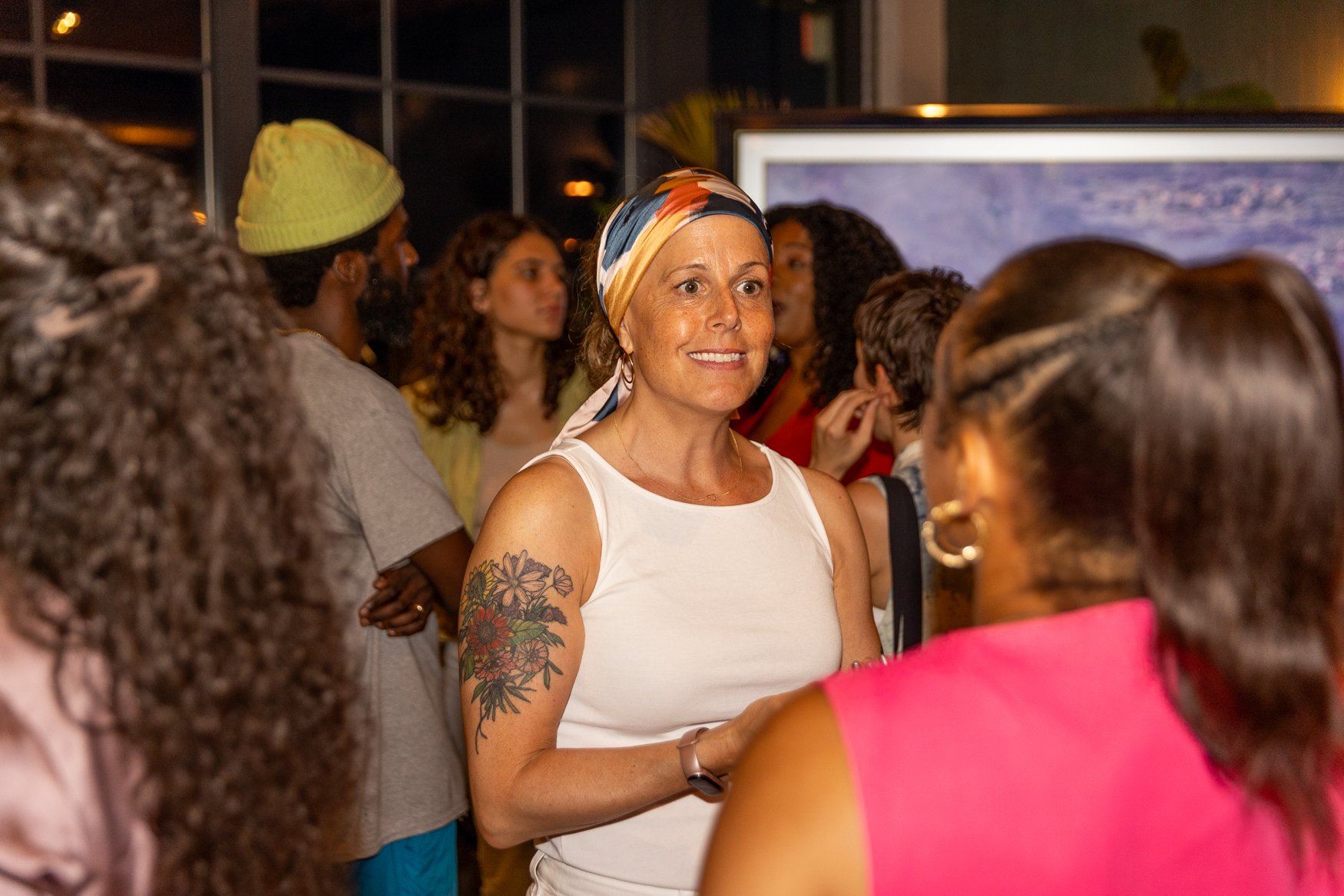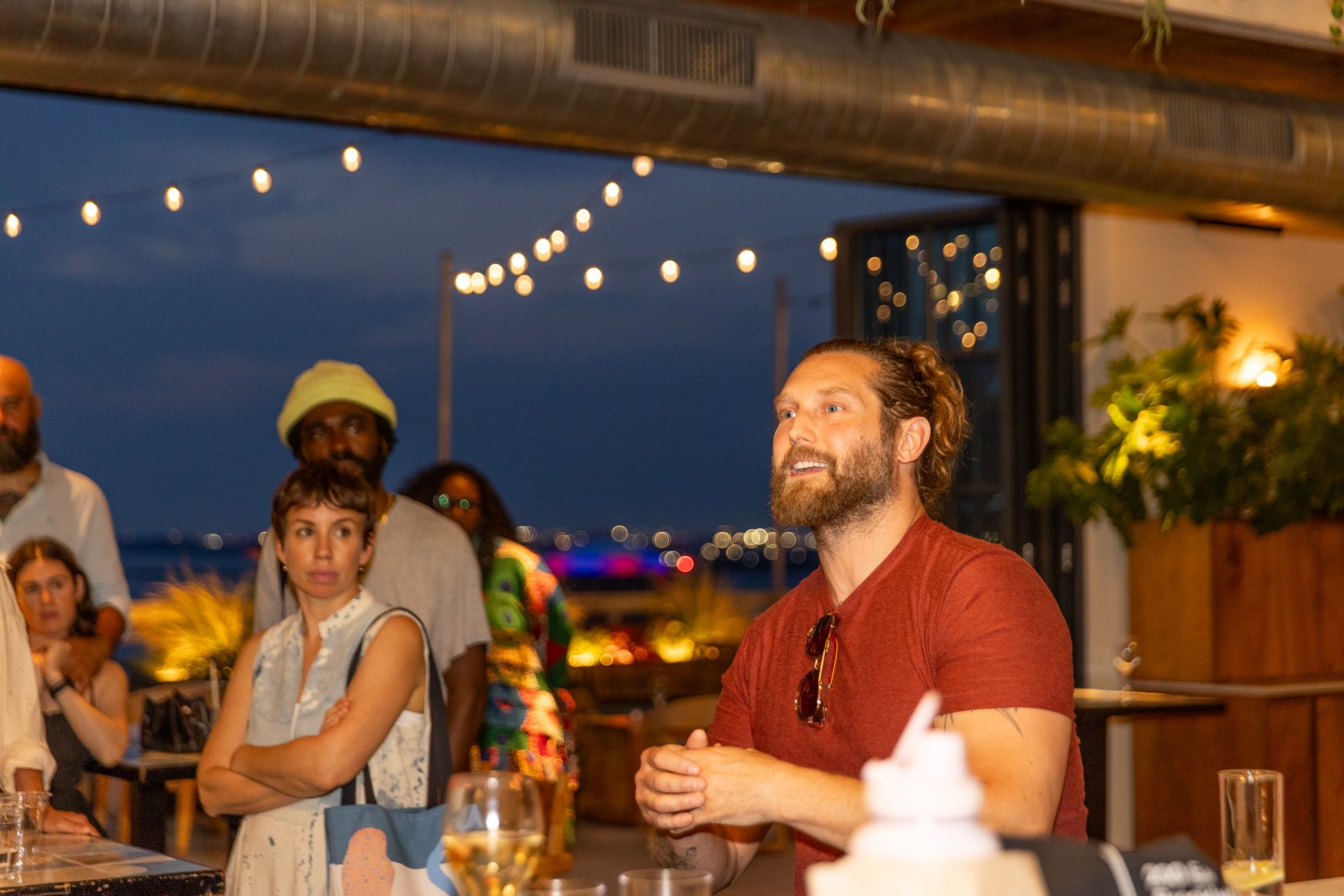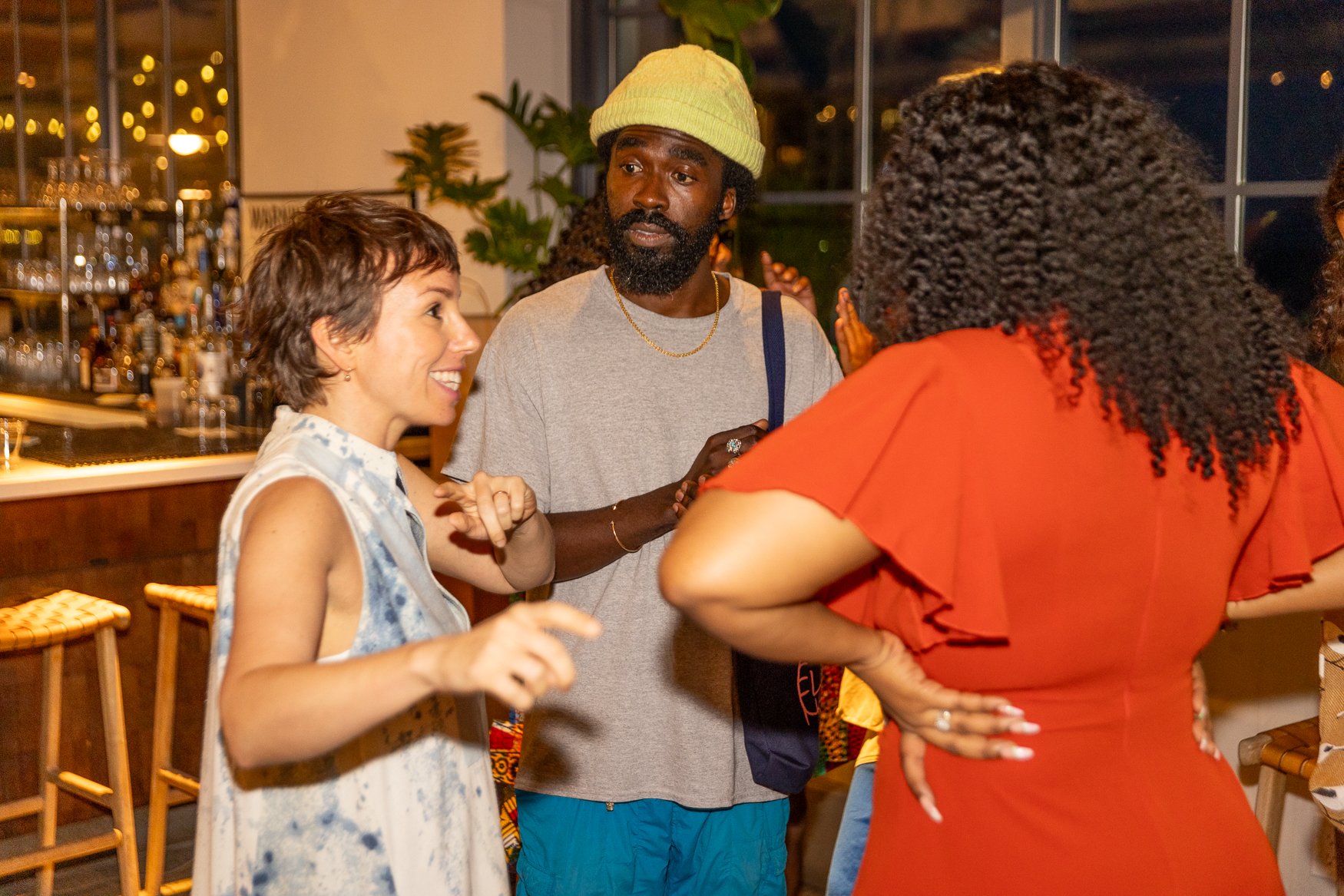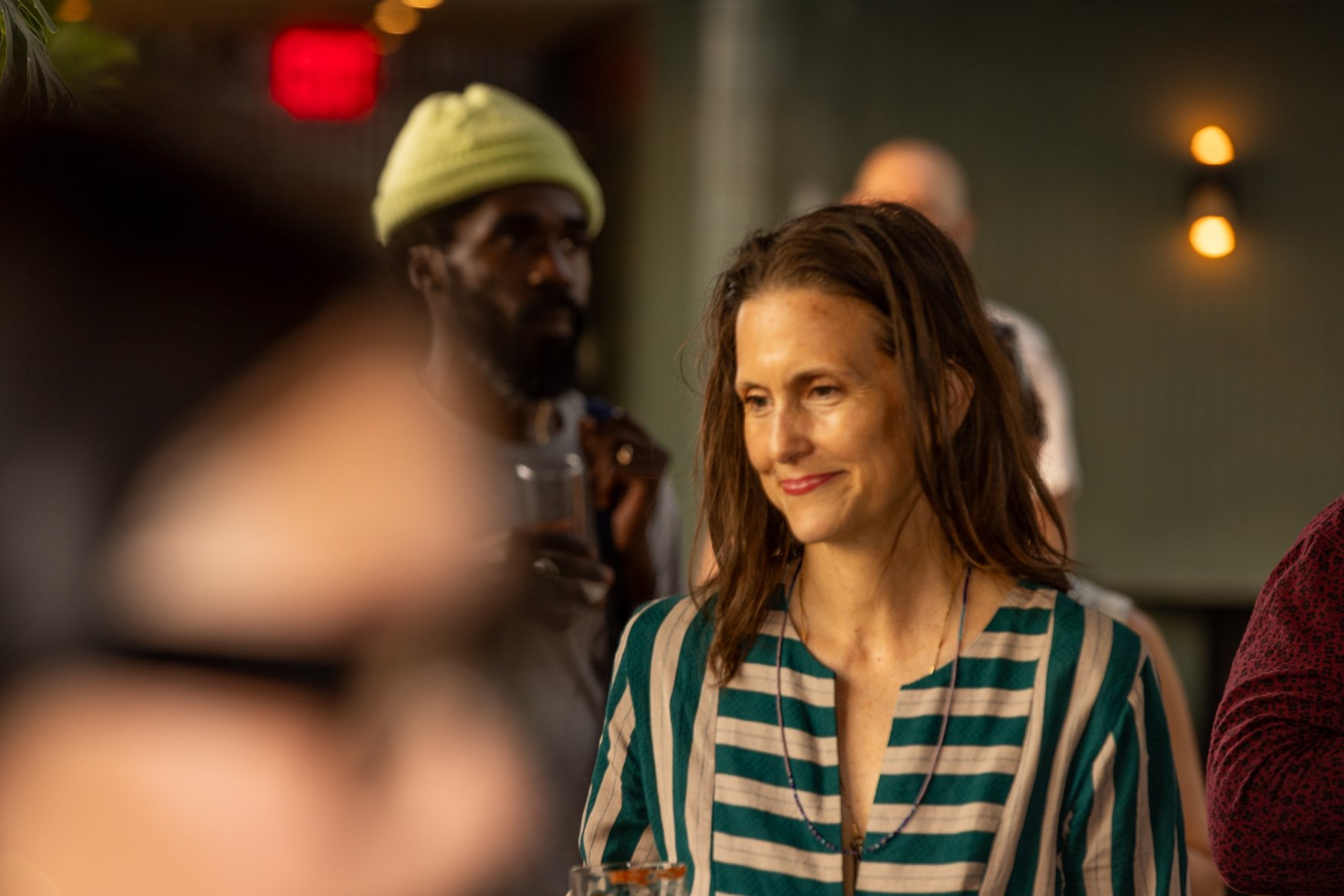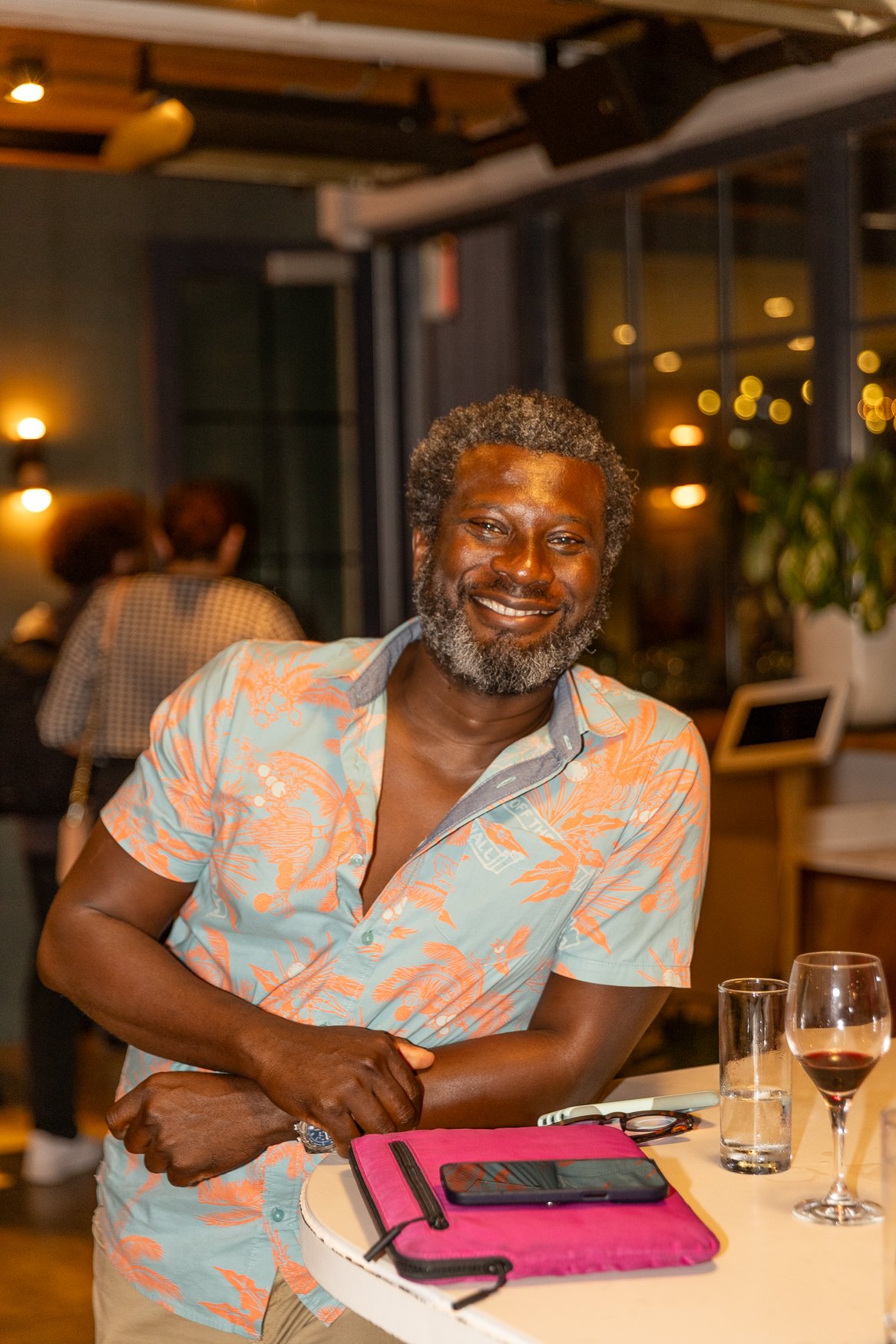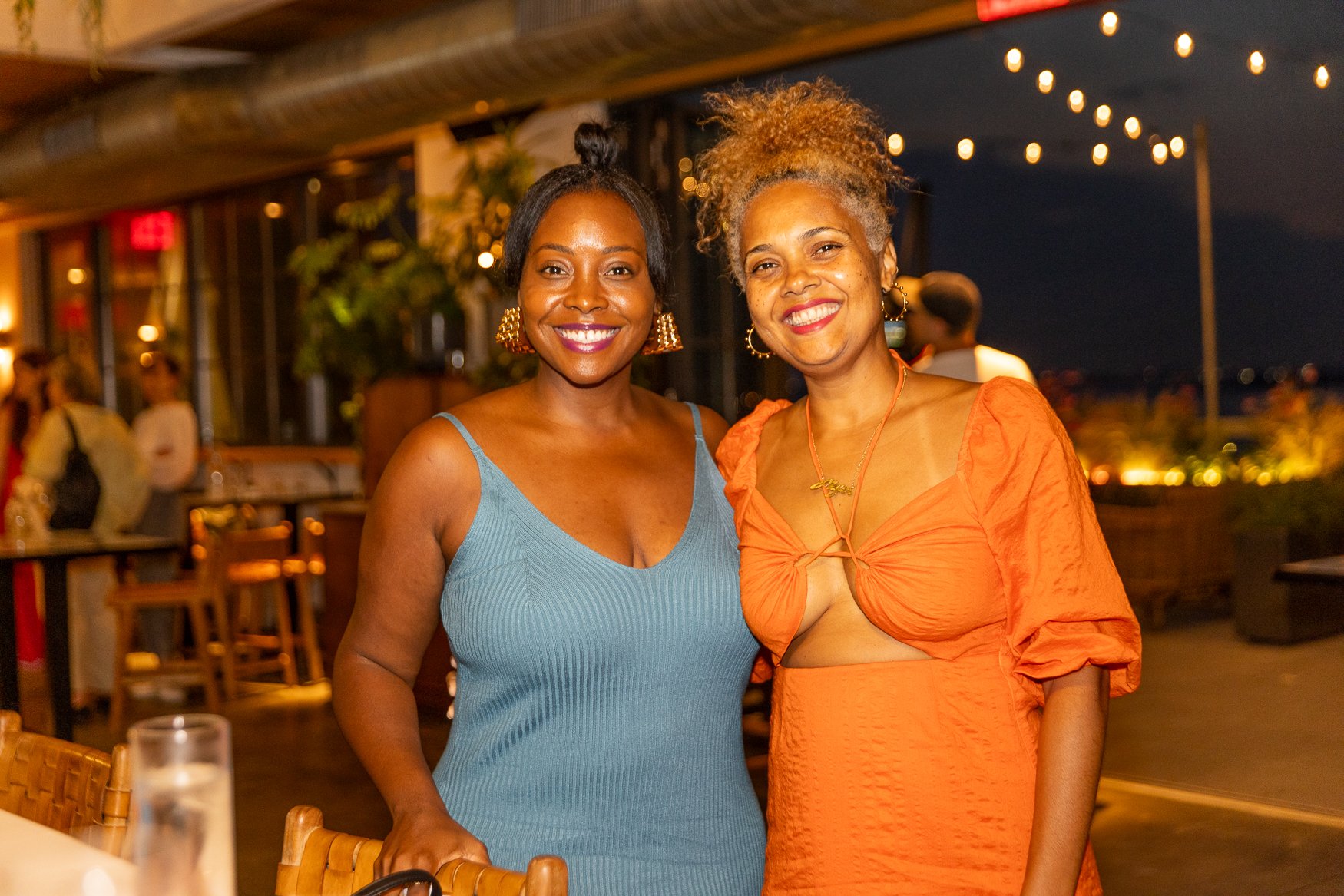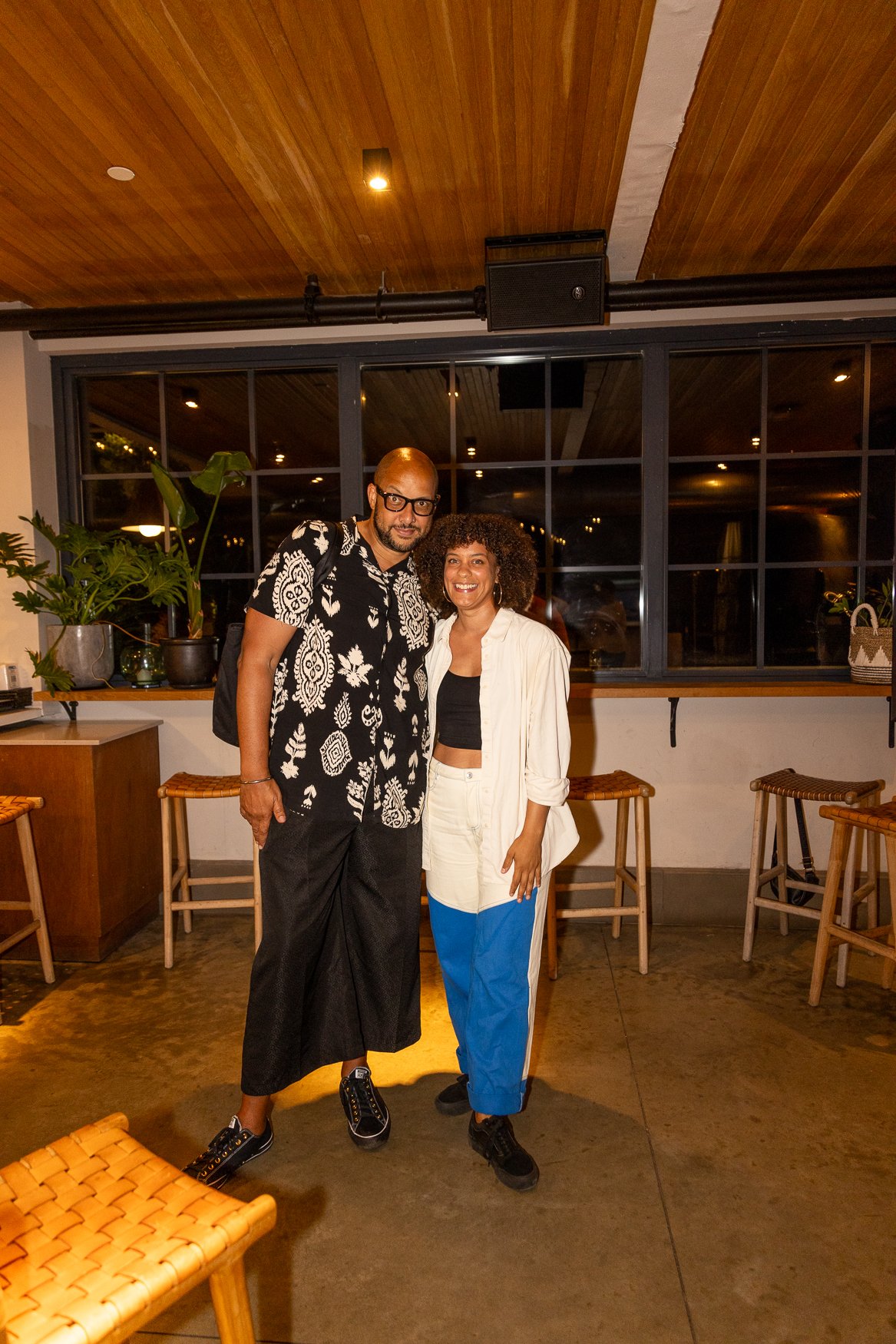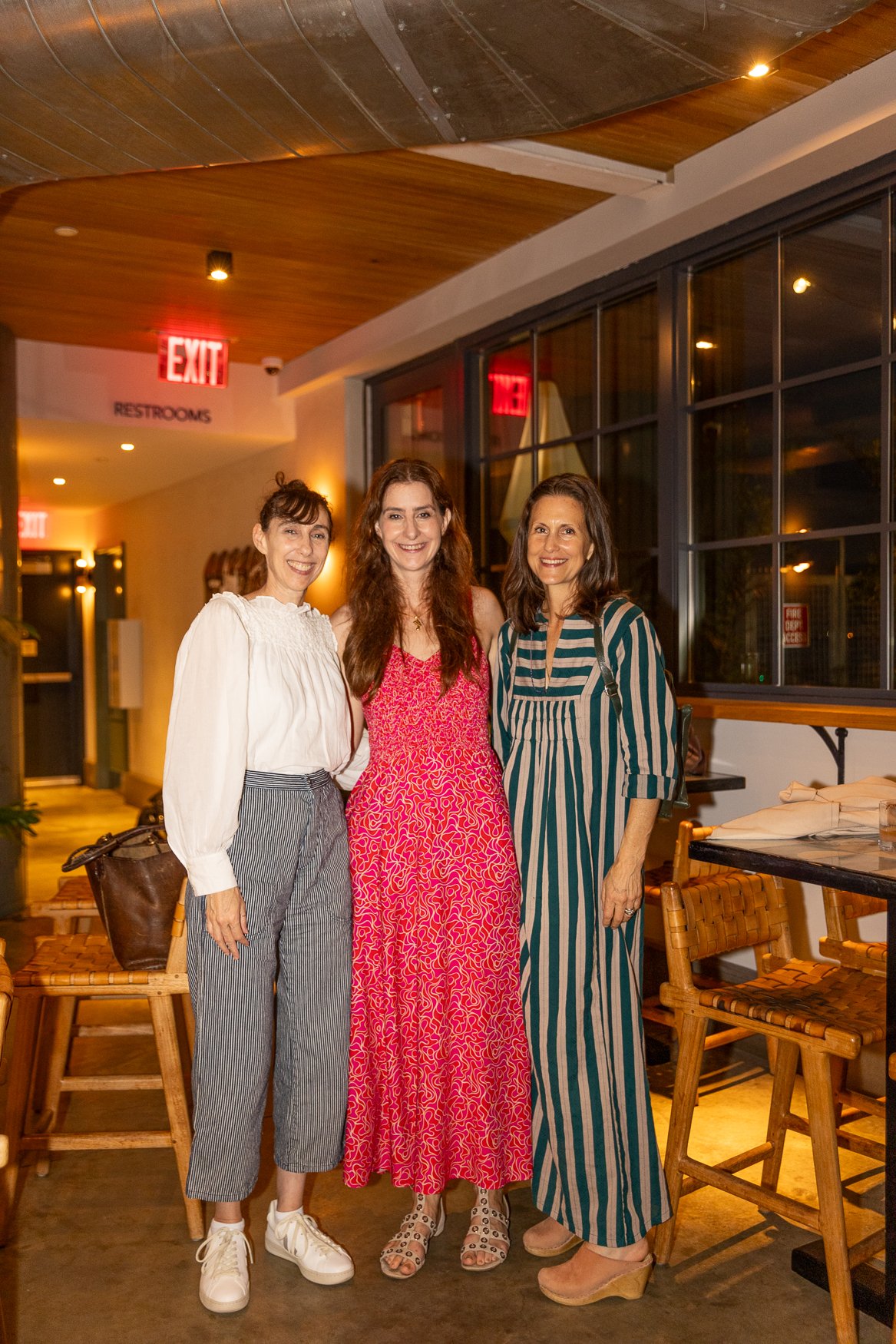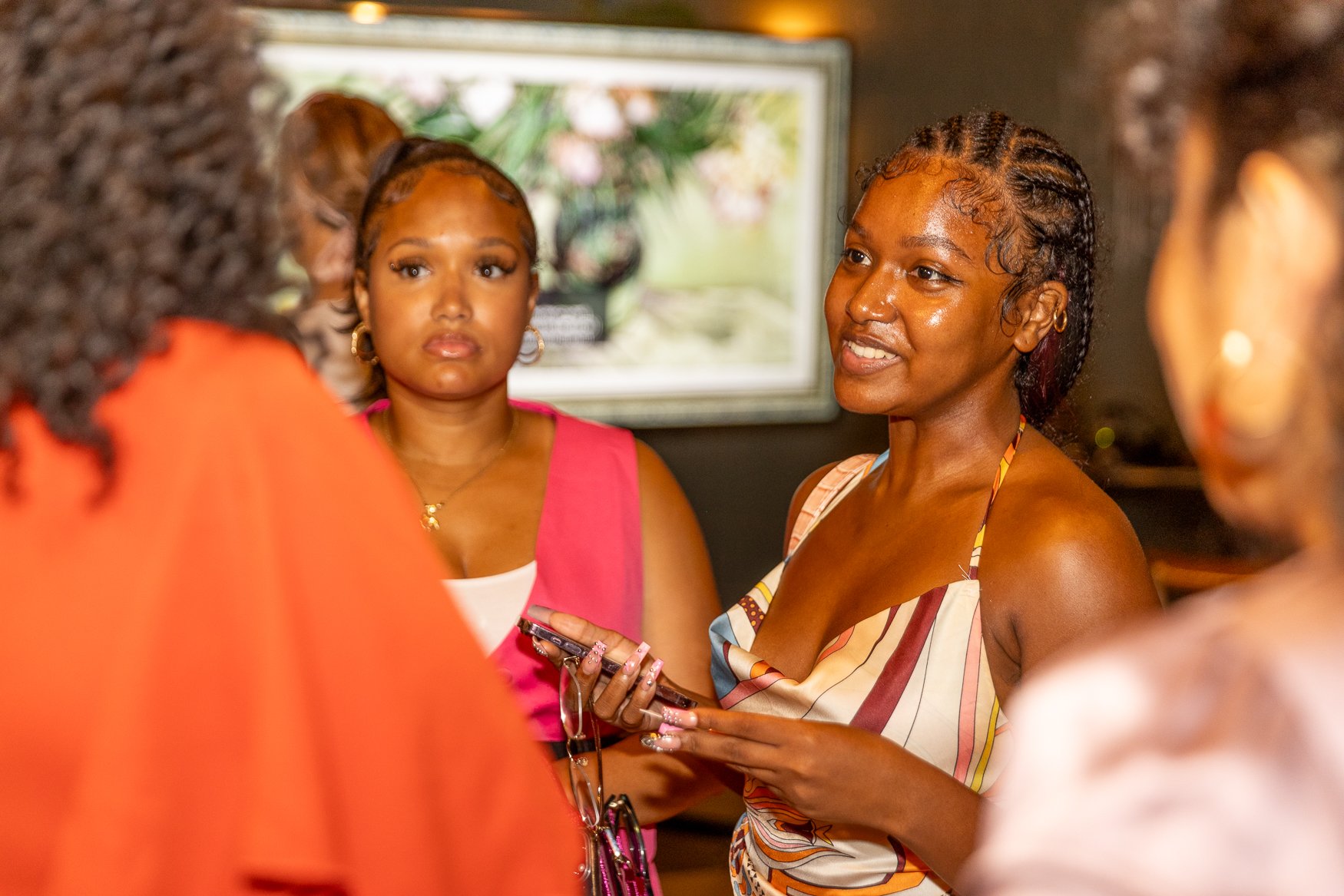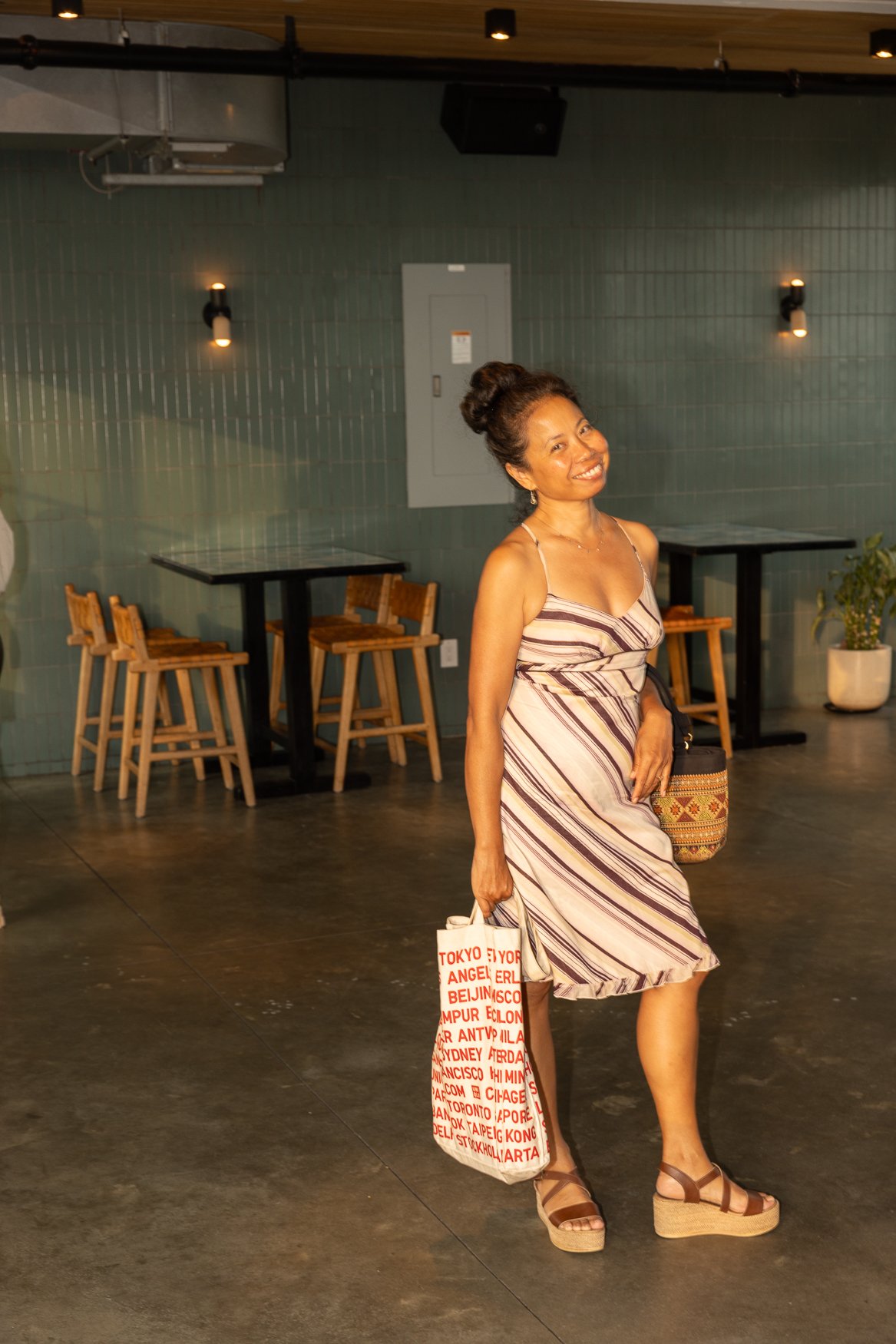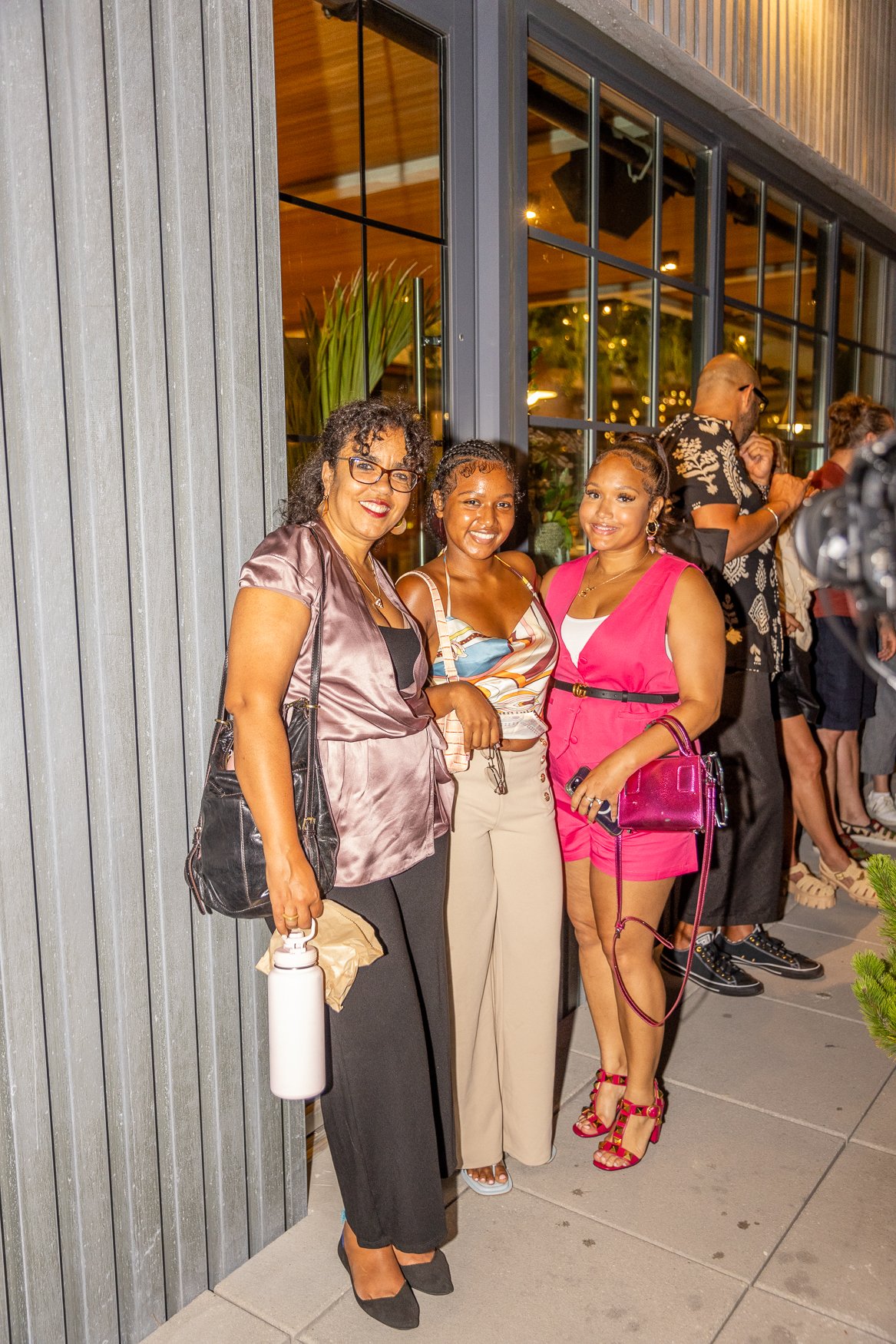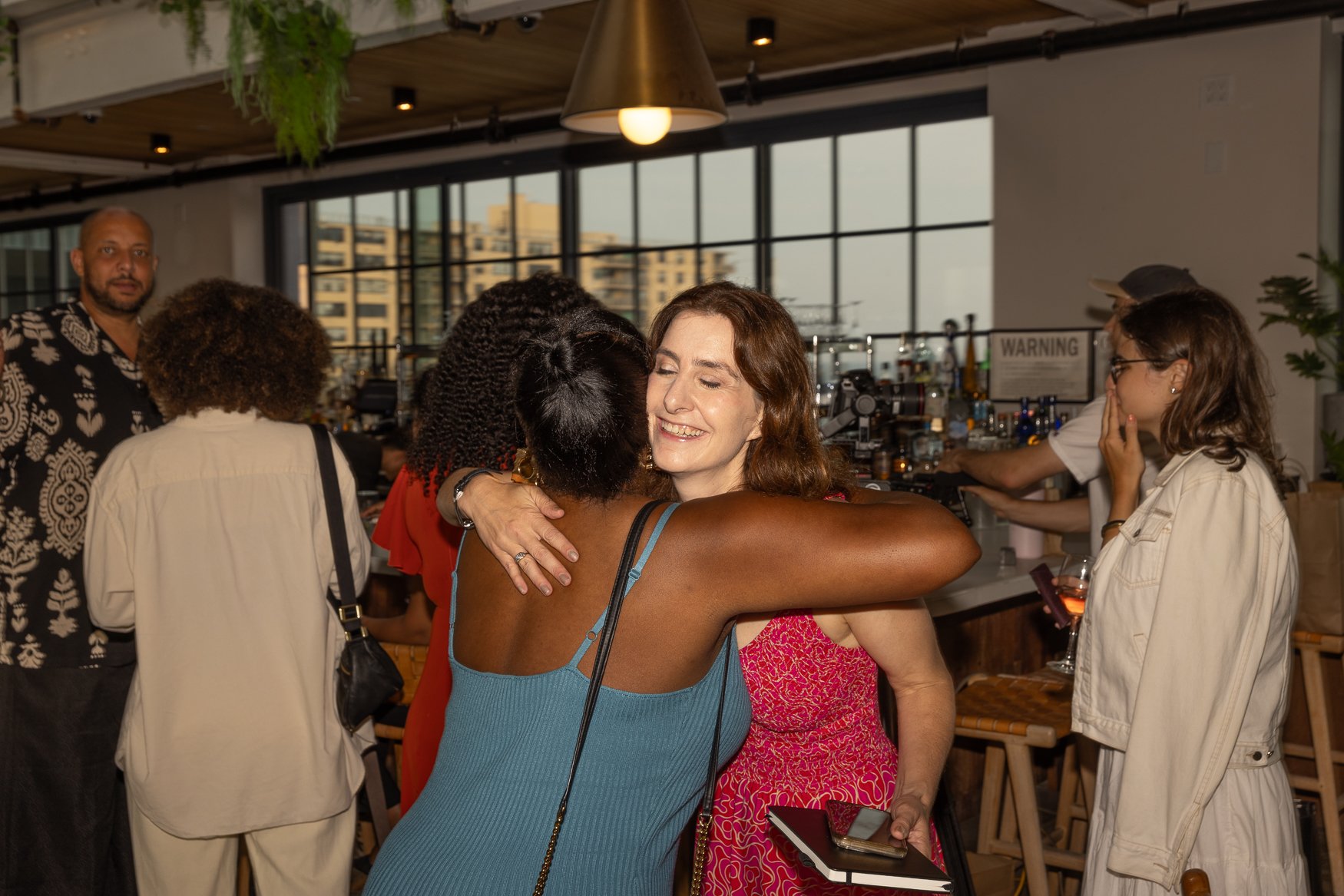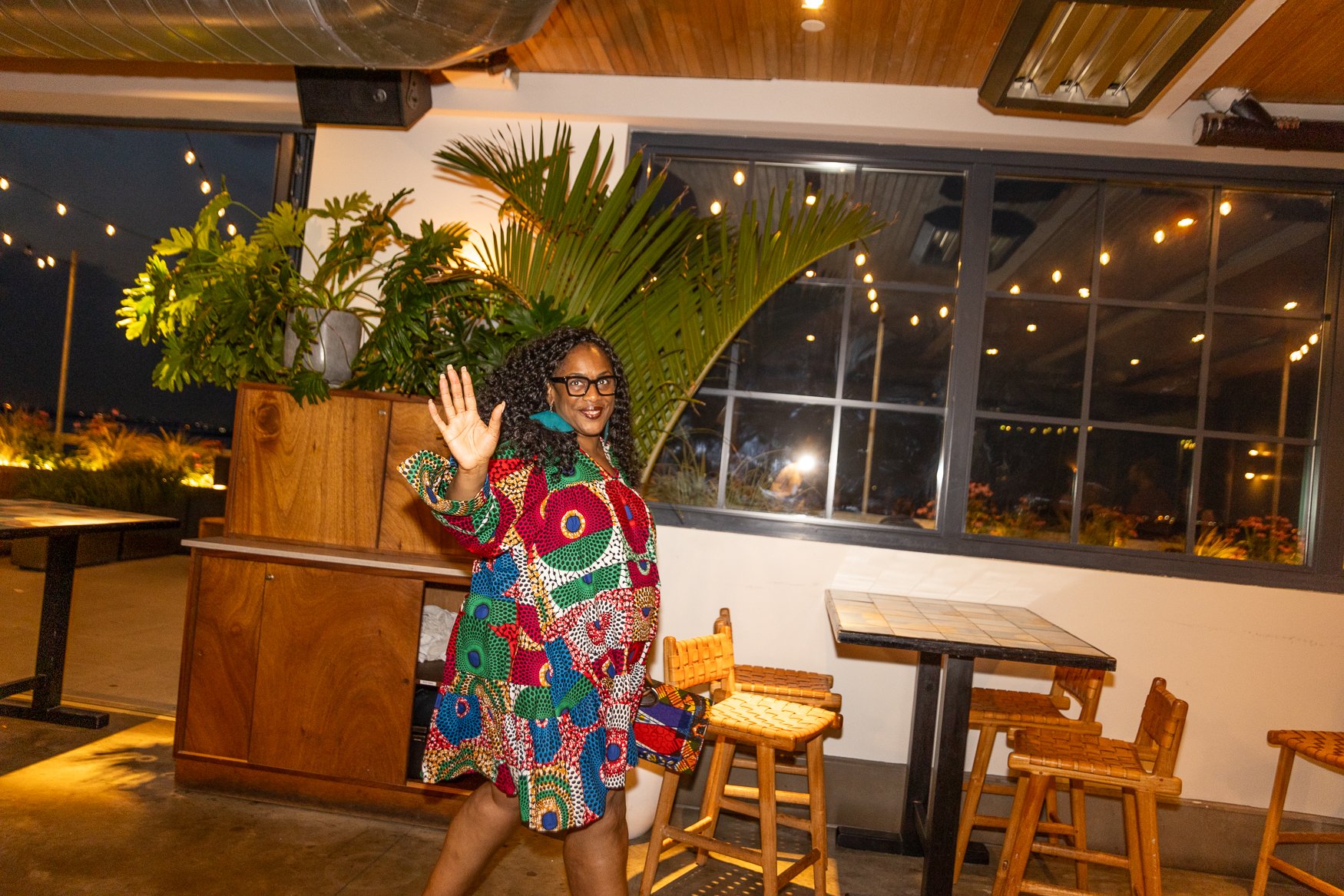Club Le Car: Brooklyn Museum Goes On Wheels
How do people identify and discover art, and what role — if any — do museums play in that discovery? The Brooklyn Museum is exploring these questions as part of its social-impact work to take the museum and its mission on the road. Its aim is to find ways to bring the museum closer to the New York City neighborhoods it serves. One aspect of the initiative is to get the museum on wheels, putting local communities in the driver’s seat on what residents want to see and experience.
Over the summer, Le Car hosted a conversation with museum leaders, artists, and designers on what a modern mobile museum on wheels could be for Club Le Car, our salon-style series at the Rockaway Hotel in New York City.
The Brooklyn Museum first organized a museum on wheels in the 1960s said Adjoa Jones de Almeida, who is the Brooklyn Museum’s Deputy Director of Learning & Social Impact and is helping to spearhead the project. The initiative marks efforts by the museum staff and board to change the parameters of movable art and culture.
Jones de Almeida joined Laval Bryant-Quigley, the museum’s Director of Community Engagement, for a thoughtful conversation on the planning stages for the project as it takes shape. To add perspective, Emma Osore, who is Co-Executive Director of BlackSpace Urbanist Collective and artists Christopher Myers and Spencer Finch joined the speaker panel, led by Le Car CEO and founder Tamara Warren.
“We're interested in thinking about what would it mean to create a route across Brooklyn that is recurring and where we actually co-create, leaning into what's already happening in local communities,” Jones de Almeida said. “How are we thinking about programming and how do we partner with artists to create opportunities for collective storytelling and collective story building? What if that collective storytelling could also then make connections to our permanent collections? There's a potential for us to redefine who has access, ownership, interests, interaction with those permanent collections, like the folks who actually have a legitimate legacy to those collections, and we have those communities represented in Brooklyn.”
Before the mobile museum becomes a physical moving structure, the vision starts with building an inclusive roadmap. The museum team is engaged in a listening tour across the neighborhoods its focused on including Bedford Stuyvesant, Brownsville, East New York, and Sunset Park, Brooklyn to take the perspective of local communities in a nuanced approach.
“How do people want to come into these doors and experiences, these galleries and experience our exhibits?” Bryant-Quigley said. “There hasn't been much conversation on how do we bring museums to spaces, to people that maybe don't even go in a four-block radius of spaces where they may have not felt welcome, or where they felt intimidated by this big-ass building that's on East Parkway. We're also acknowledging that this mobile unit is going to be different in every district that we are in, because there's different representation, there's different needs, there's different access.
The work of organizations such as BlackSpace Urban Collective are informing the museum’s path. BlackSpace is a group of Black urbanists who are architects, urban planners and designers committed to co-creating spaces that affirm and amplify Black presense in public life. Osore cited a book project supported by BlackSpace that arose out of four years of community conversation in Brownsville, Brooklyn. “Feeling comfortable to push back and really be being creative about how timelines and end goals can shift based on how the relationship is going is important,” Osore said. “As urban planners or architects, we obviously want to change physical space. But one of the groups we met was a writing group, so they were writing their own personal stories. It was a lot of self-determination by people who had grown up in the neighborhood.” The desire to impact physical space transformed into the making of a physical object that was needed by the community. “That's part of building trust and maintaining relationships that are beneficial, even if it's outside of your institutional mission or what people in the field think you should be doing.”
At the center of an art museum are contemporary artists who drive forward the ideas and conversations in current times. Christopher Myers is a Brooklyn-based artist and writer. “What’s exciting about this project for me is the idea that it doesn't feel finite. Like one of the things that's hard about a museum is that it's stately‑— the concrete and the pillars and the columns. Museums in the past have acted like they were periods and not question marks. The idea of a mobile museum is that is that it's a conversation that you're starting with the community, that it's not enough to say, ‘hey, we want to invite you into our stately manor.’ I mean, as any of us who's ever been invited into a stately manor can tell you, that's not a very comfortable vibe,” Myers said. “The heart of what it means to be an artist is to be in that conversation.”
Artist Spencer Finch stresses the idea of “unmuseum.” He characterized the intimacy of the mobile museum as a real benefit. “Museums are too big. My favorite museums are really small museums where you can have a sort of focused, powerful, moving experience and then you don't get bewildered, you don't get overwhelmed, and then you take that with you and remember it more.”
“Museums in the past have acted like they were periods and not question marks”
As the direction is established, the museum team is in the process of identifying and acquiring an electric cargo-sized vehicle that can transport artwork, materials, and people to create a route that weaves together neighborhoods across 19 districts in New York City. Conversations are ongoing on what the actual vehicle will be. “Part of the vision is to create bus routes across all 19 Brooklyn district councils, where we identify neighborhoods in each of those councils with anchor partners that co-create art community festivals with us and that there that that they repeat every year,” Jones de Almeida said. “We get an opportunity to think strategically about the vendors, who are the food providers, what are the arts and culture school partners, and nature partnerships.”
For the museum team it comes down to asking the right questions, and truly listening. “What's the legacy of this community around arts and cultures, but also around arts and culture that is being activated as a strategy for resistance,” she said. “How can we support that?”
After the conversation, guests moved to the roofdeck to view a projection of the community based mural “Thinking of a Place” by Jesse Krimes made with the The St. John’s Residency for Boys, and supported by Michi Jigarjian, Managing Partner of The Rockaway Hotel + Spa and Chief Social Impact Officer at the 7G Group.


